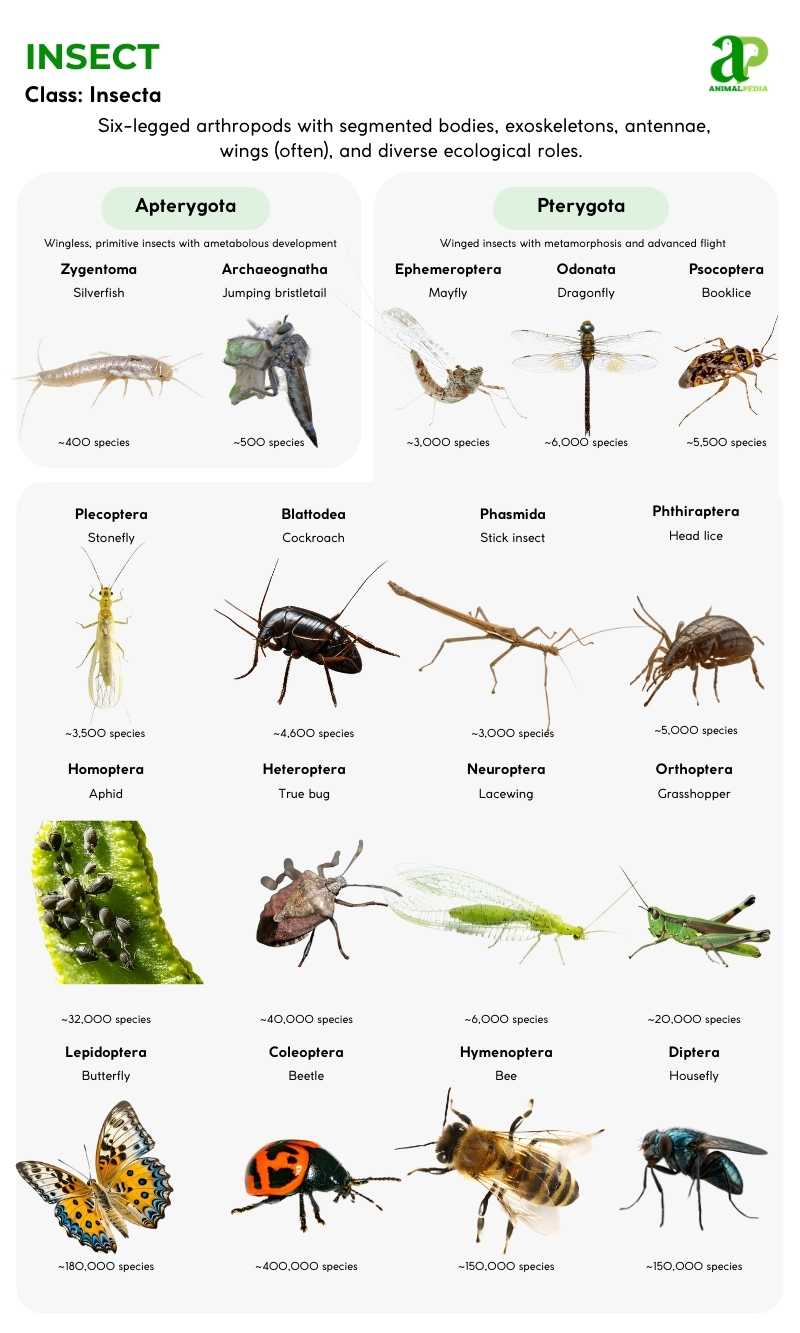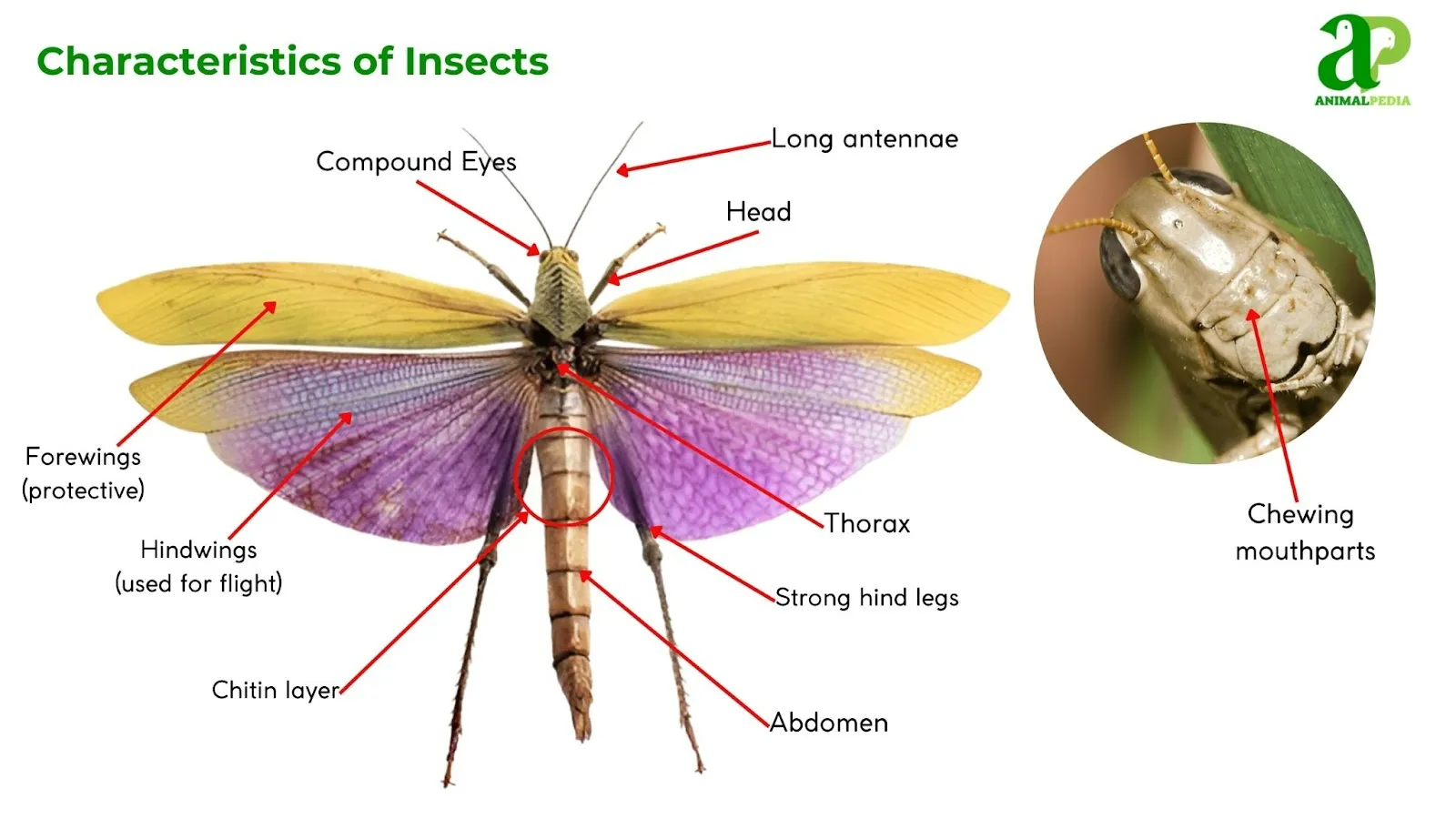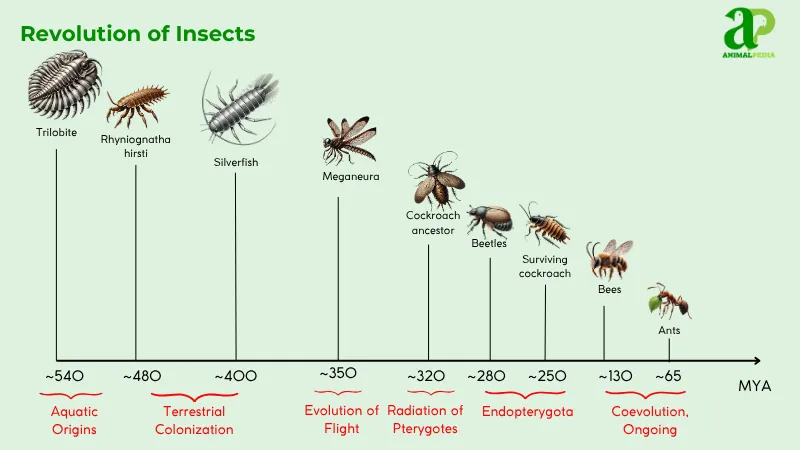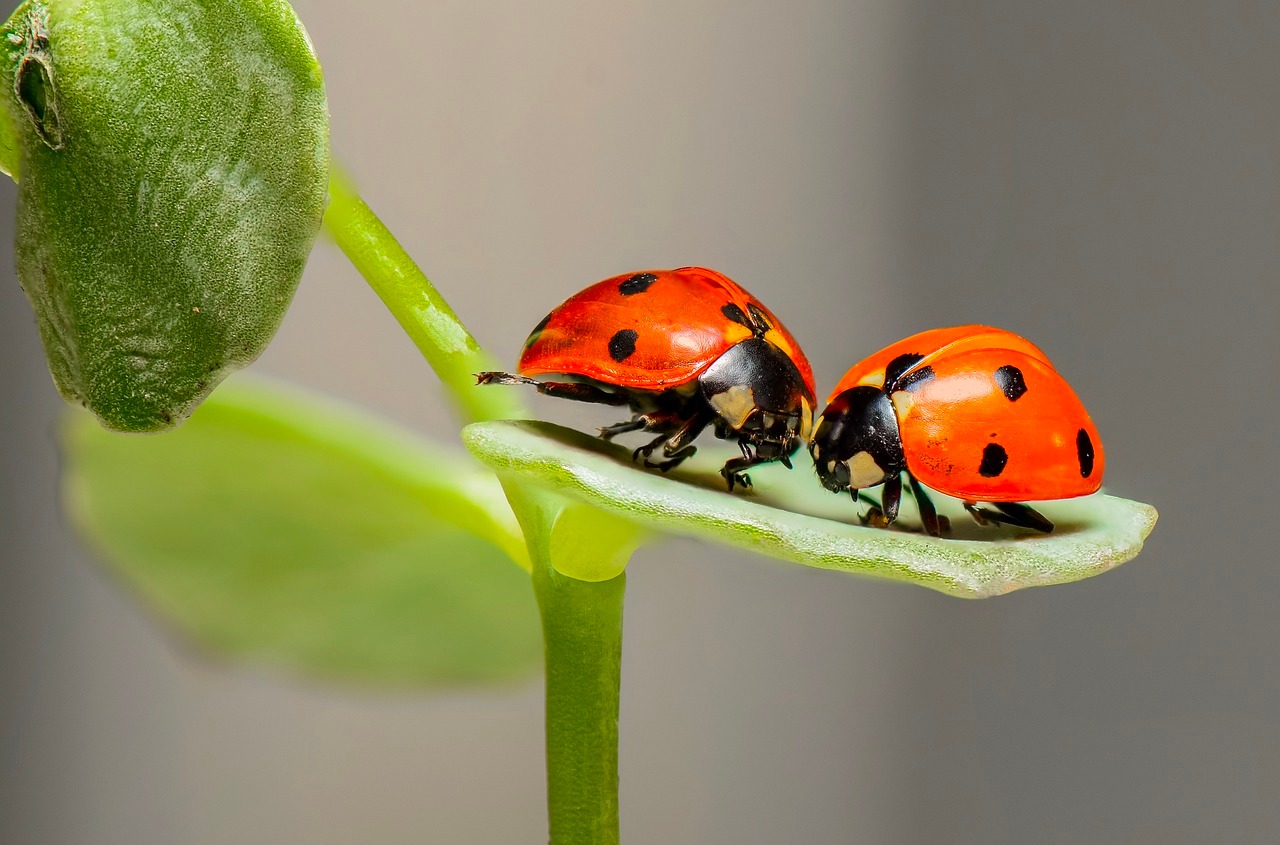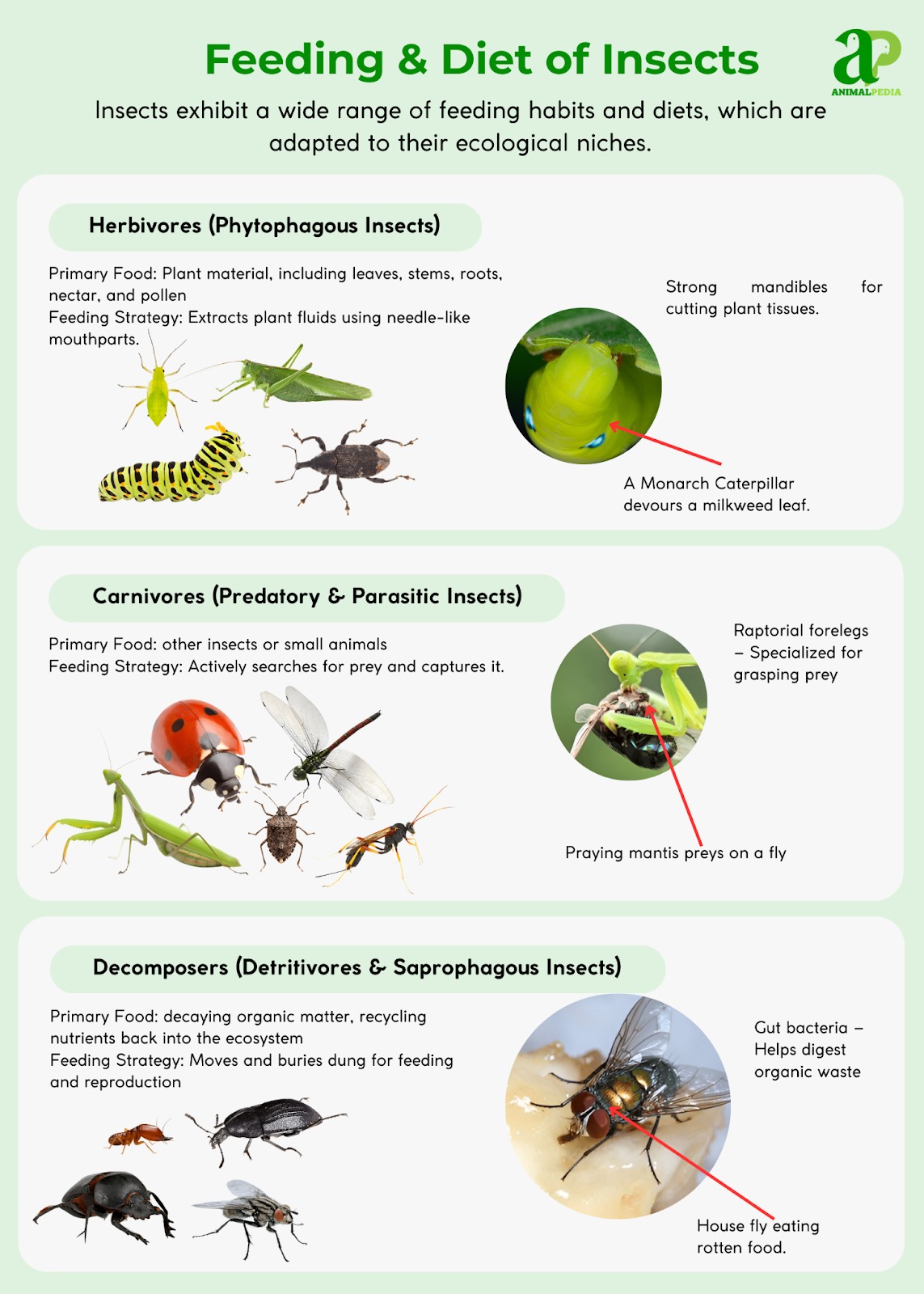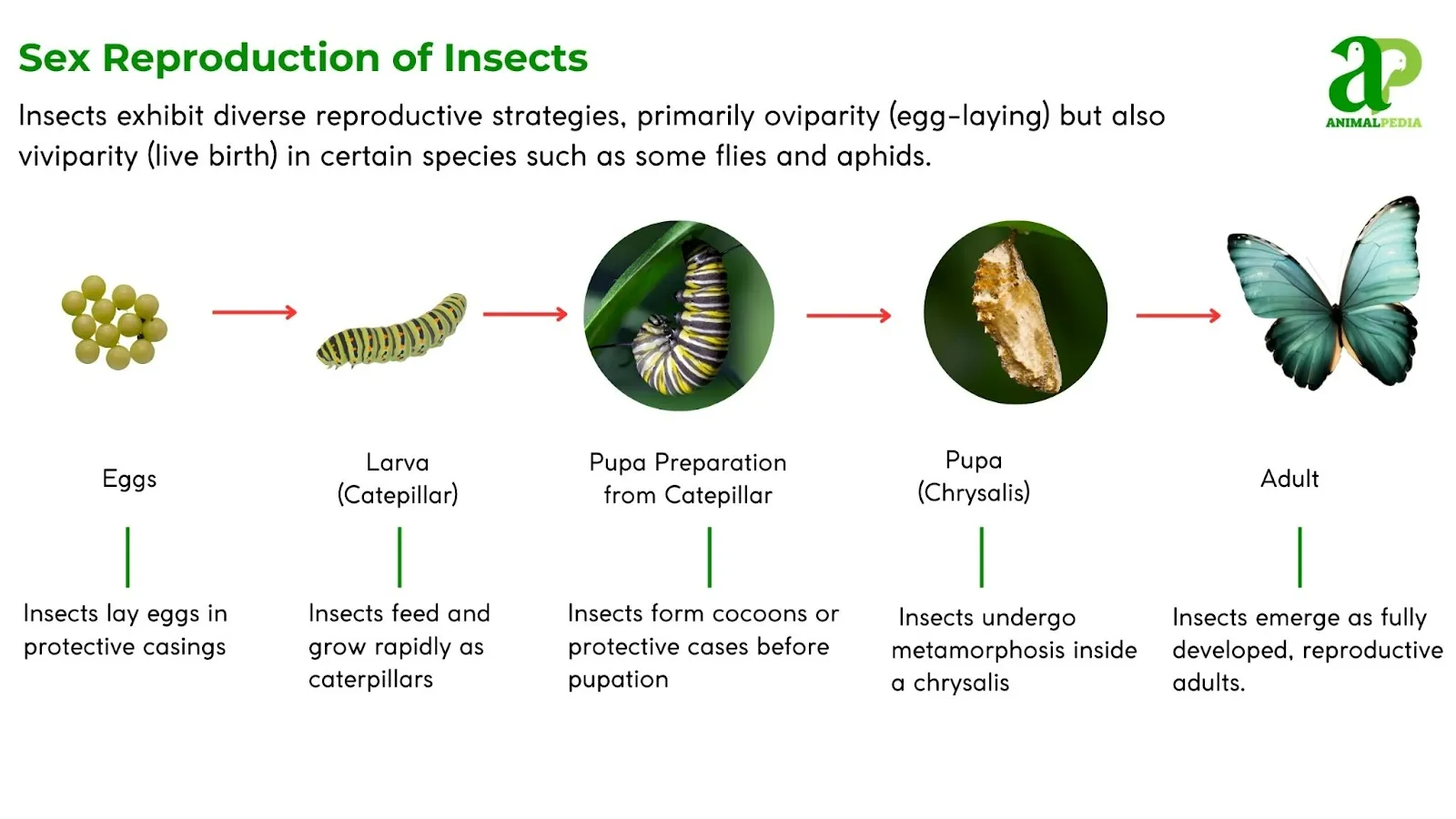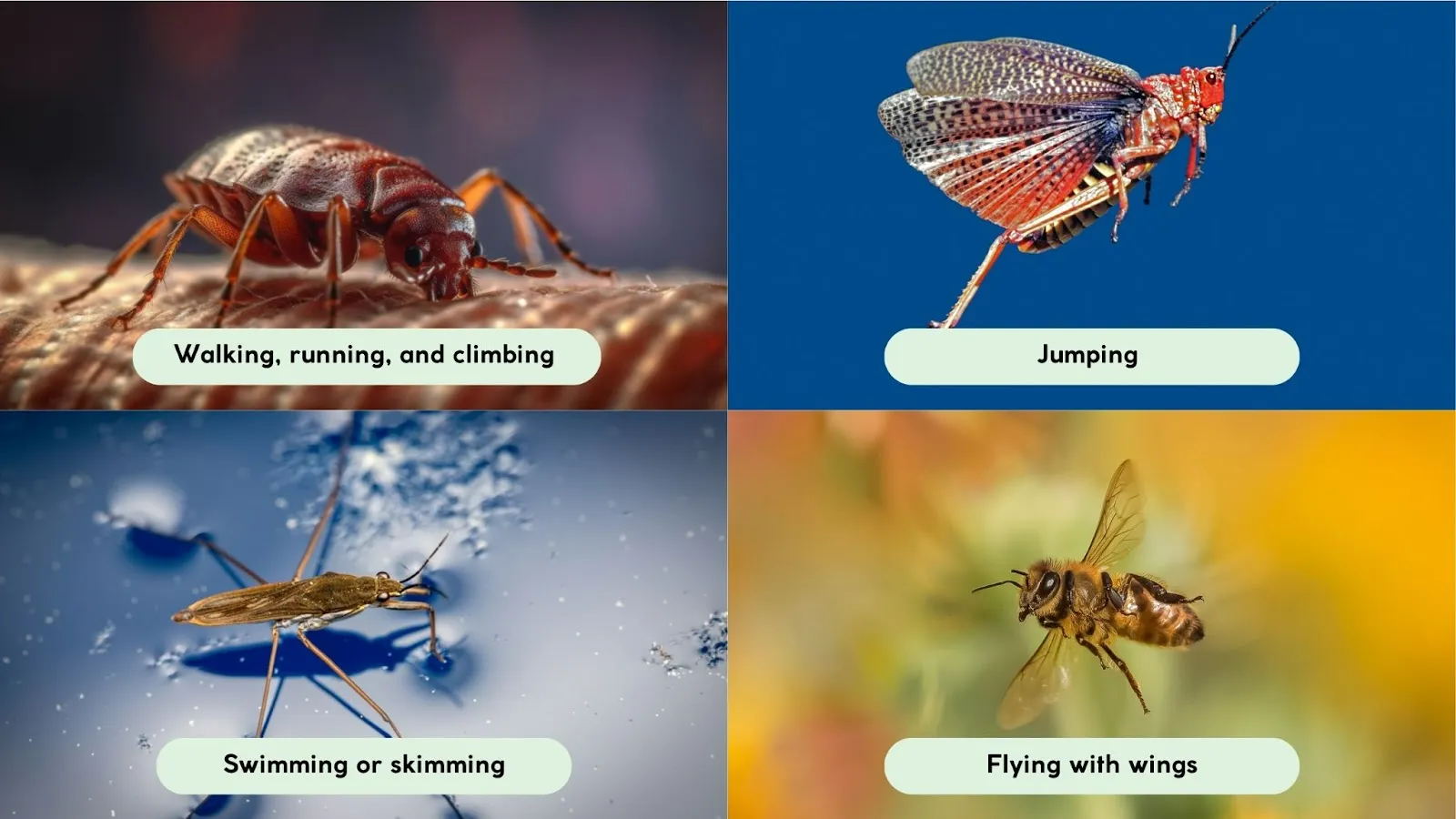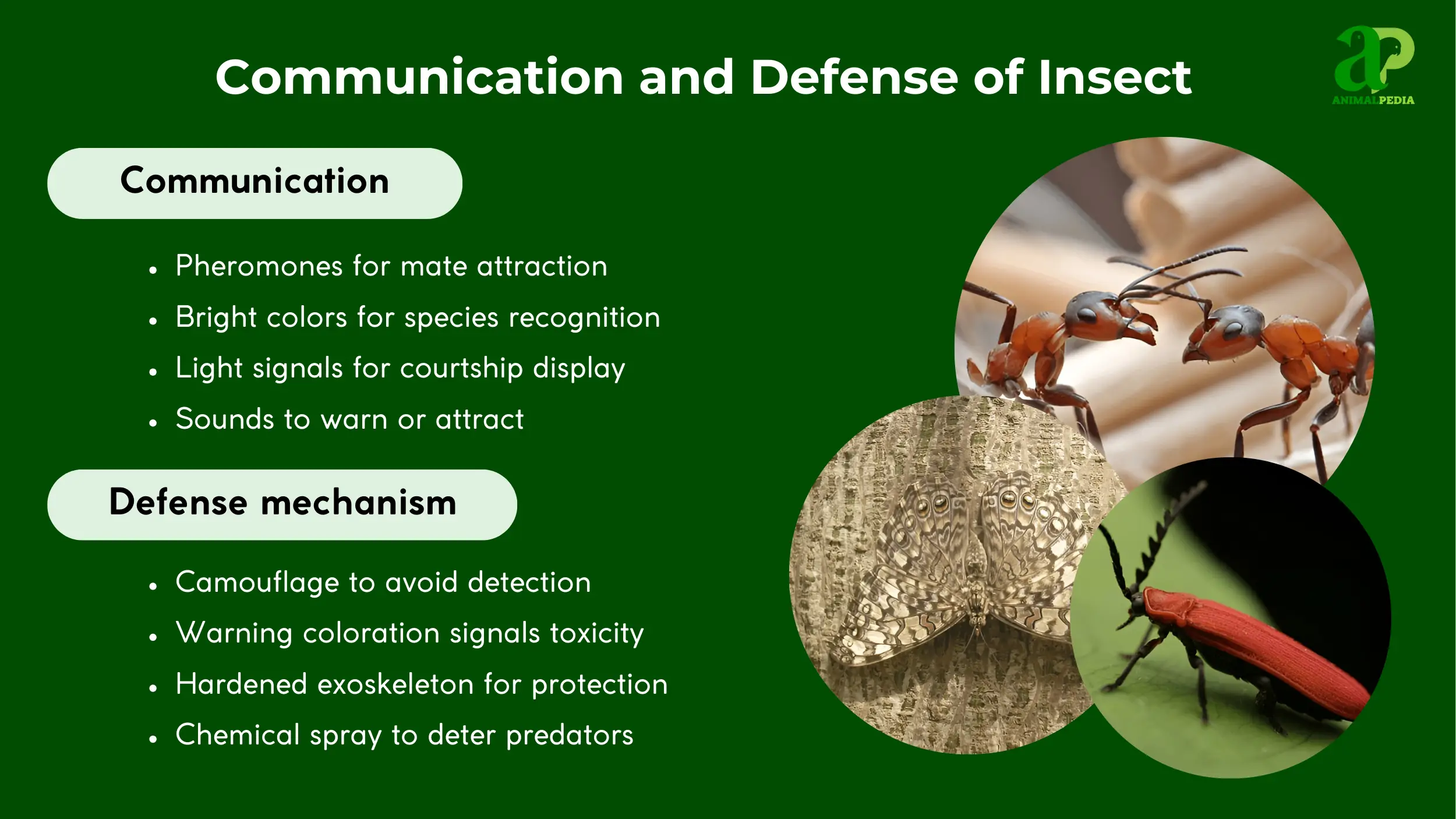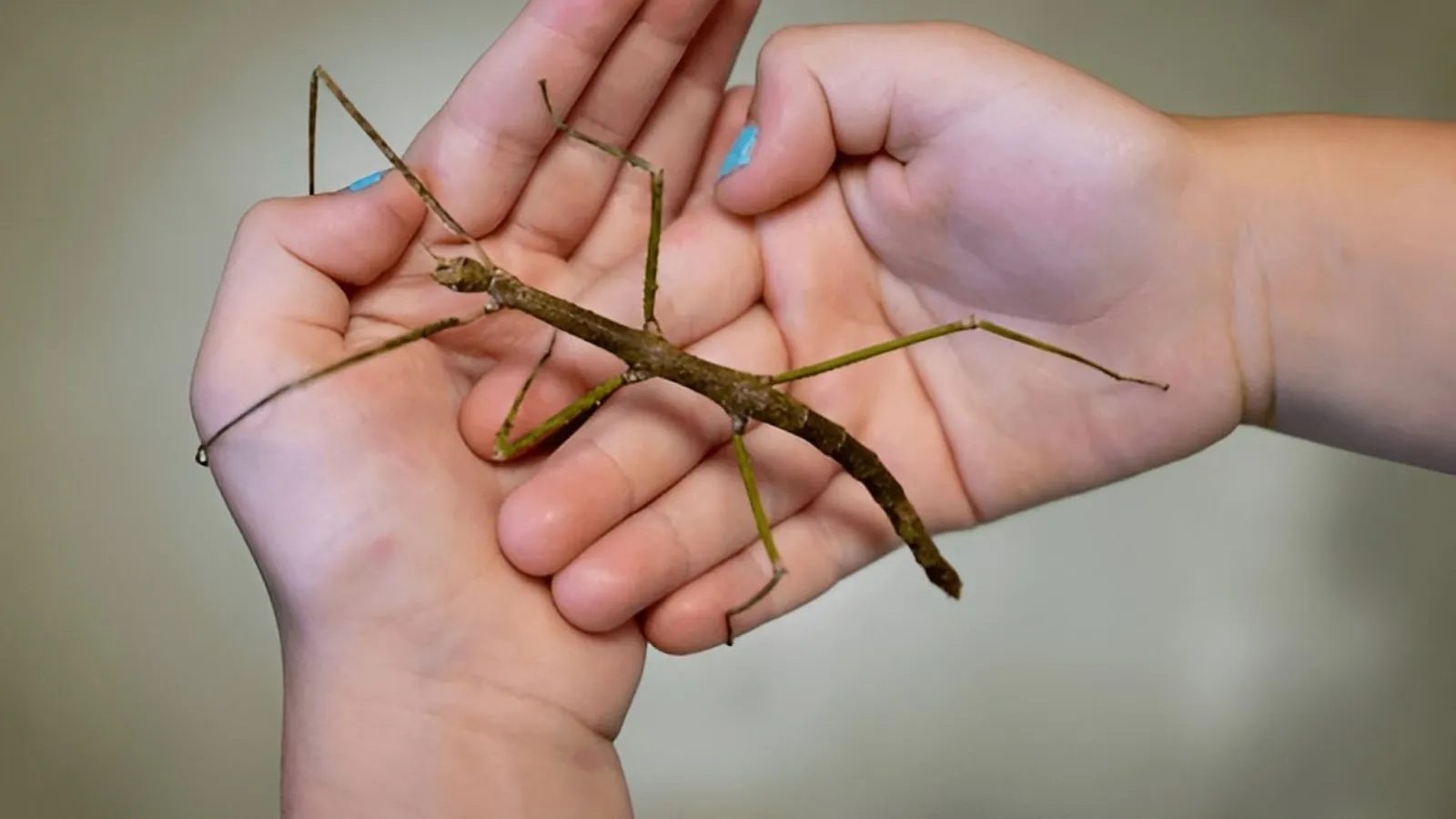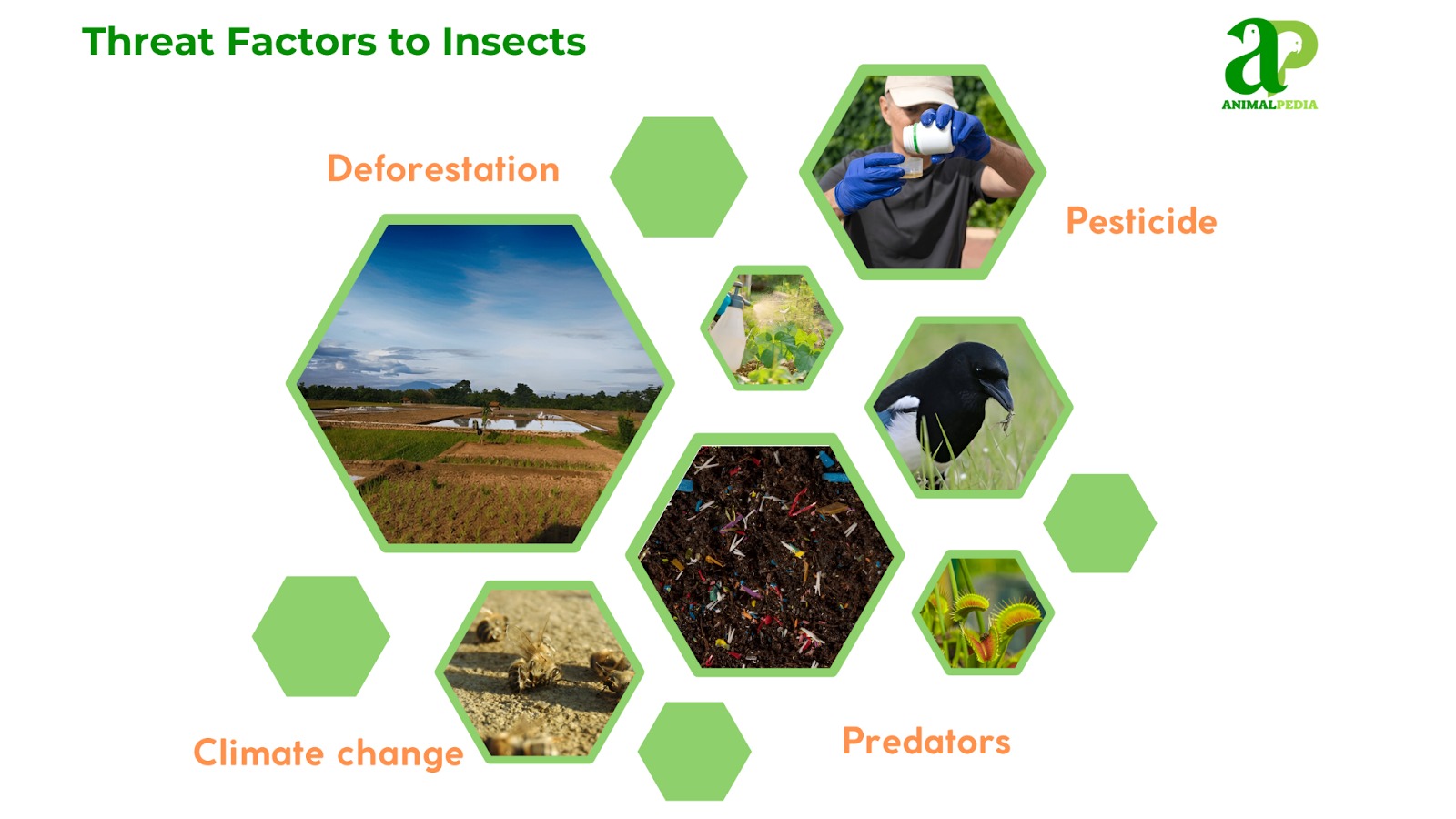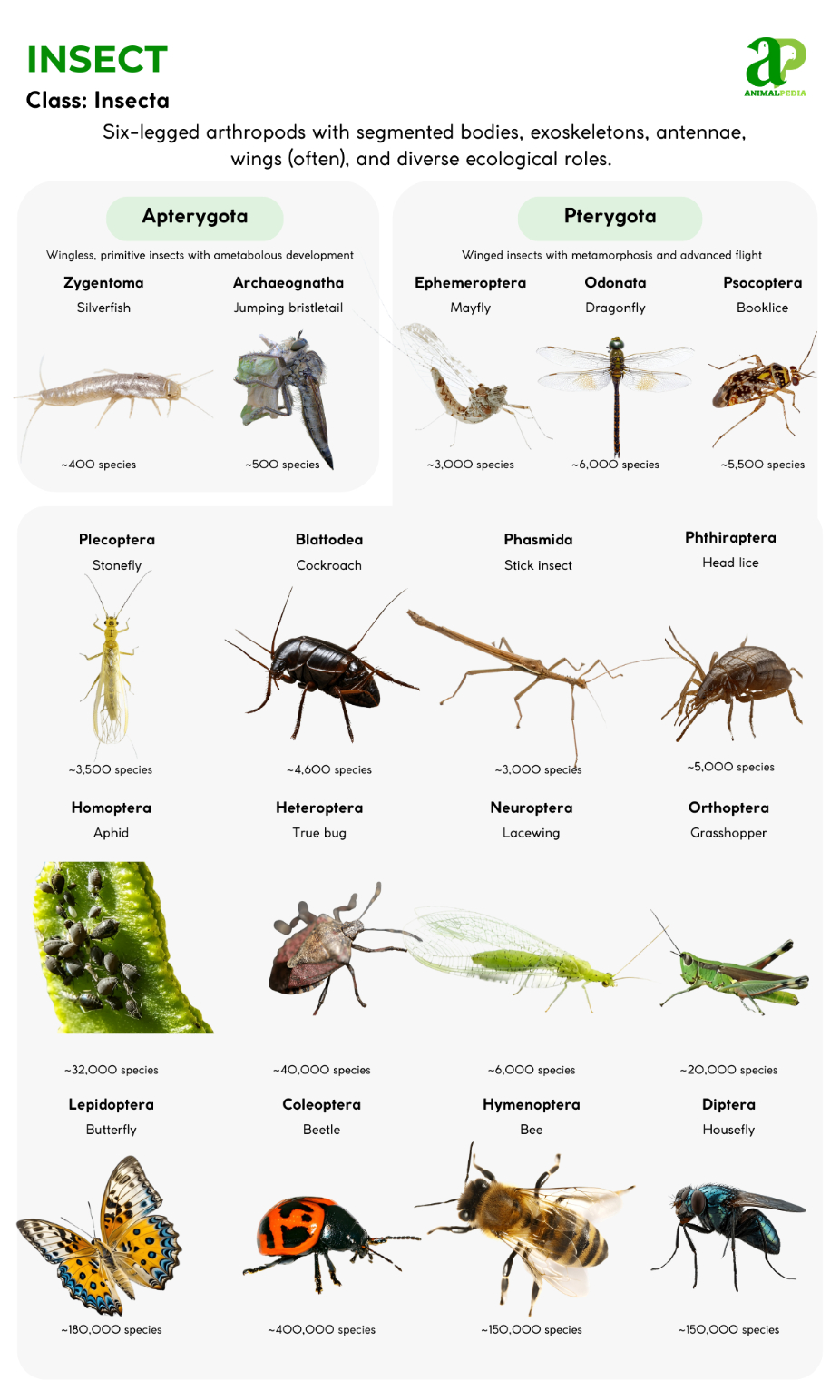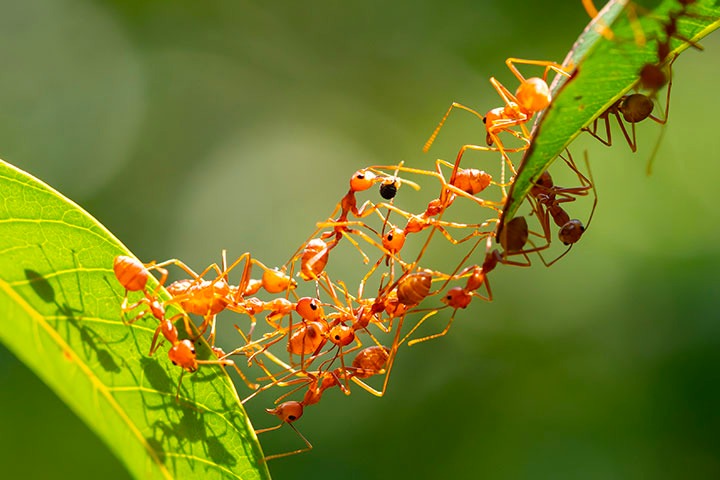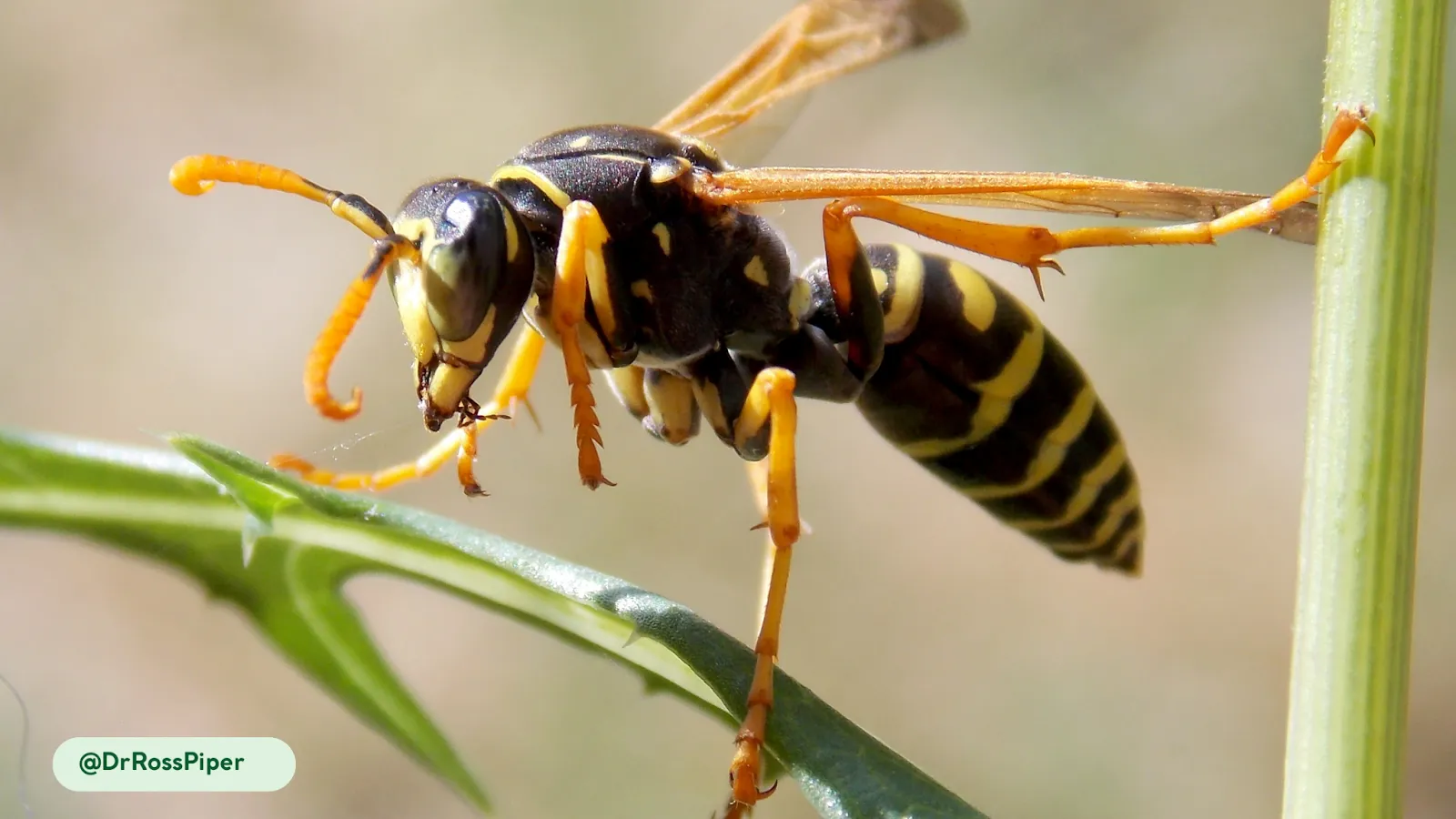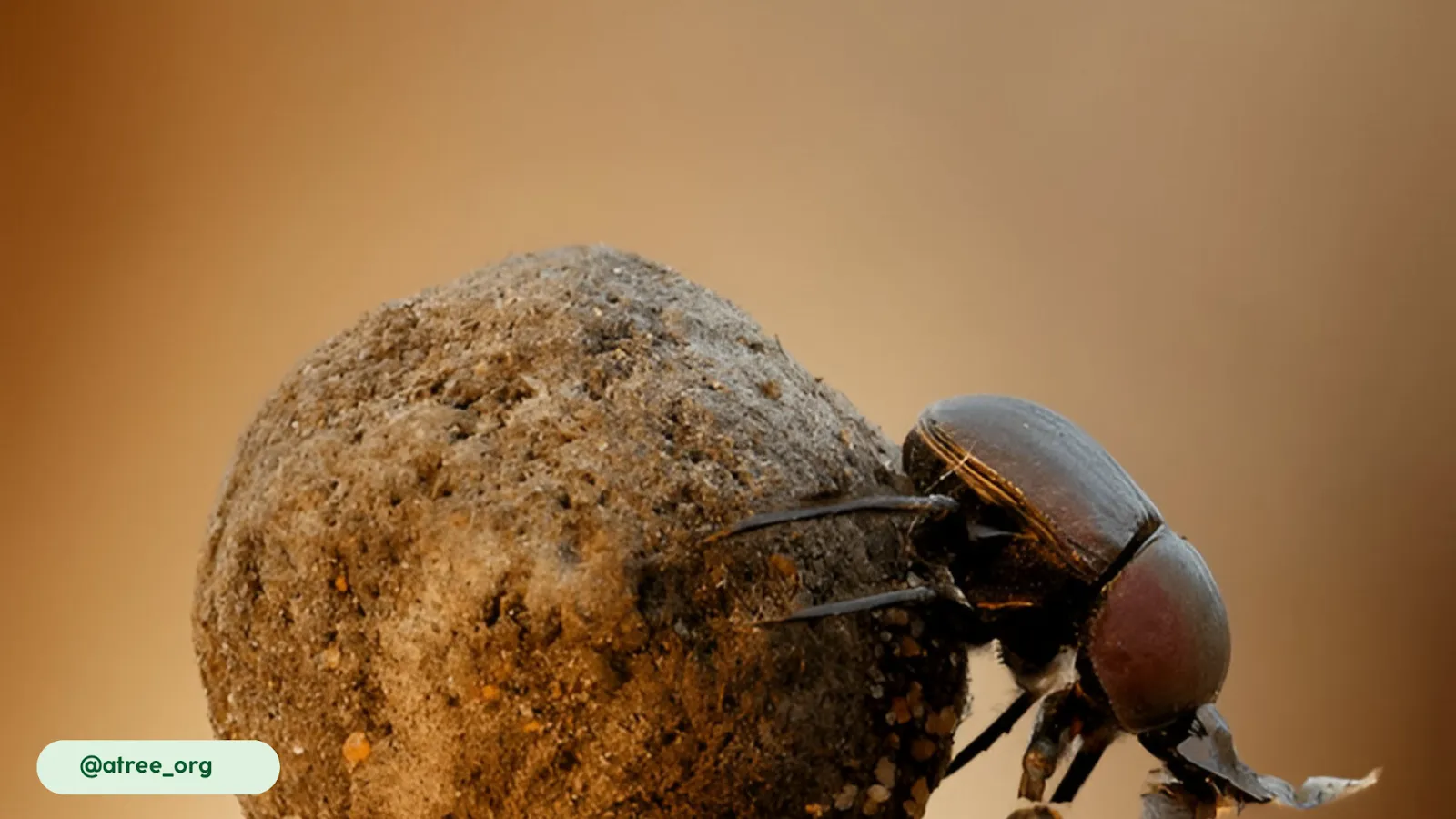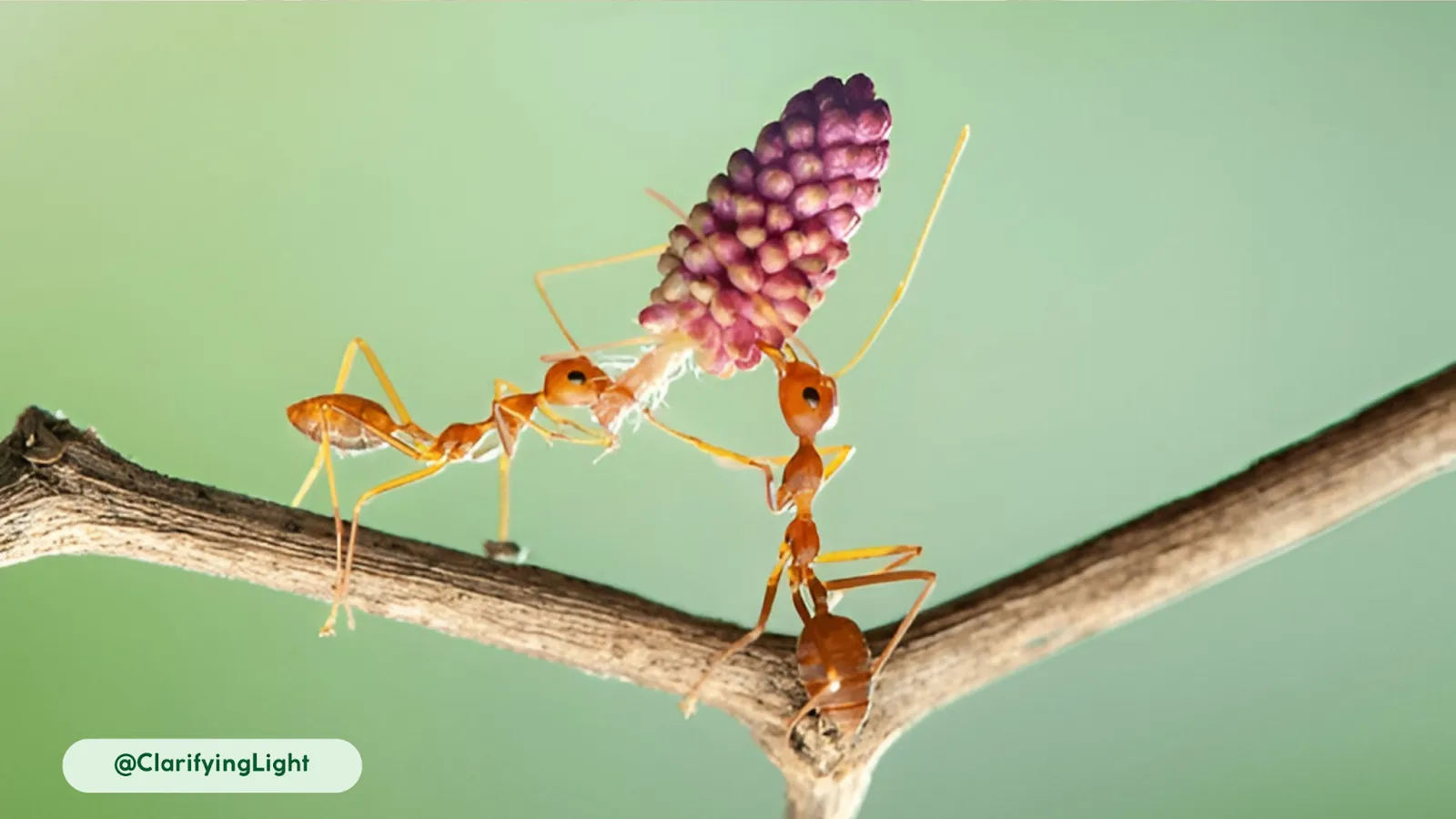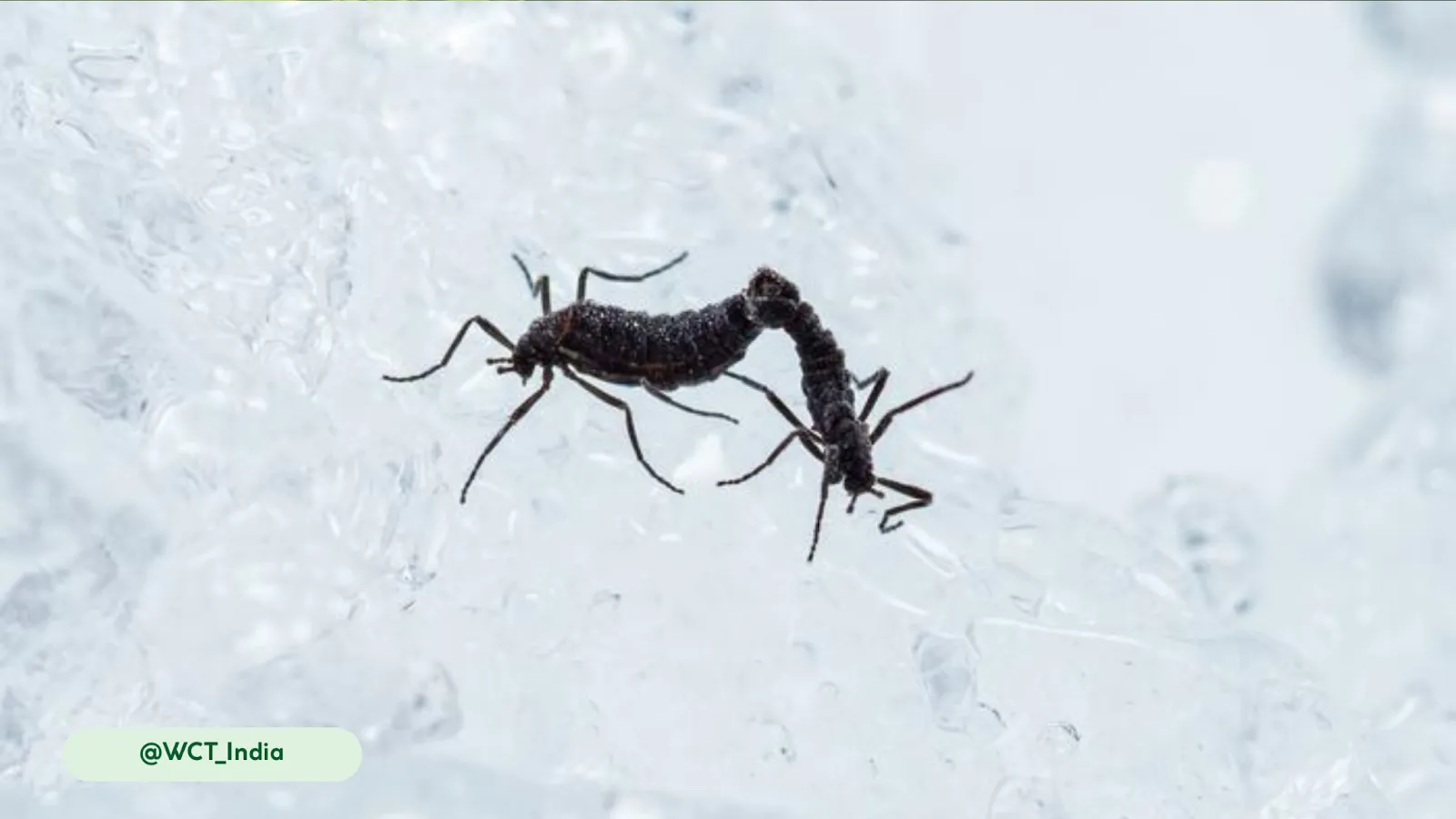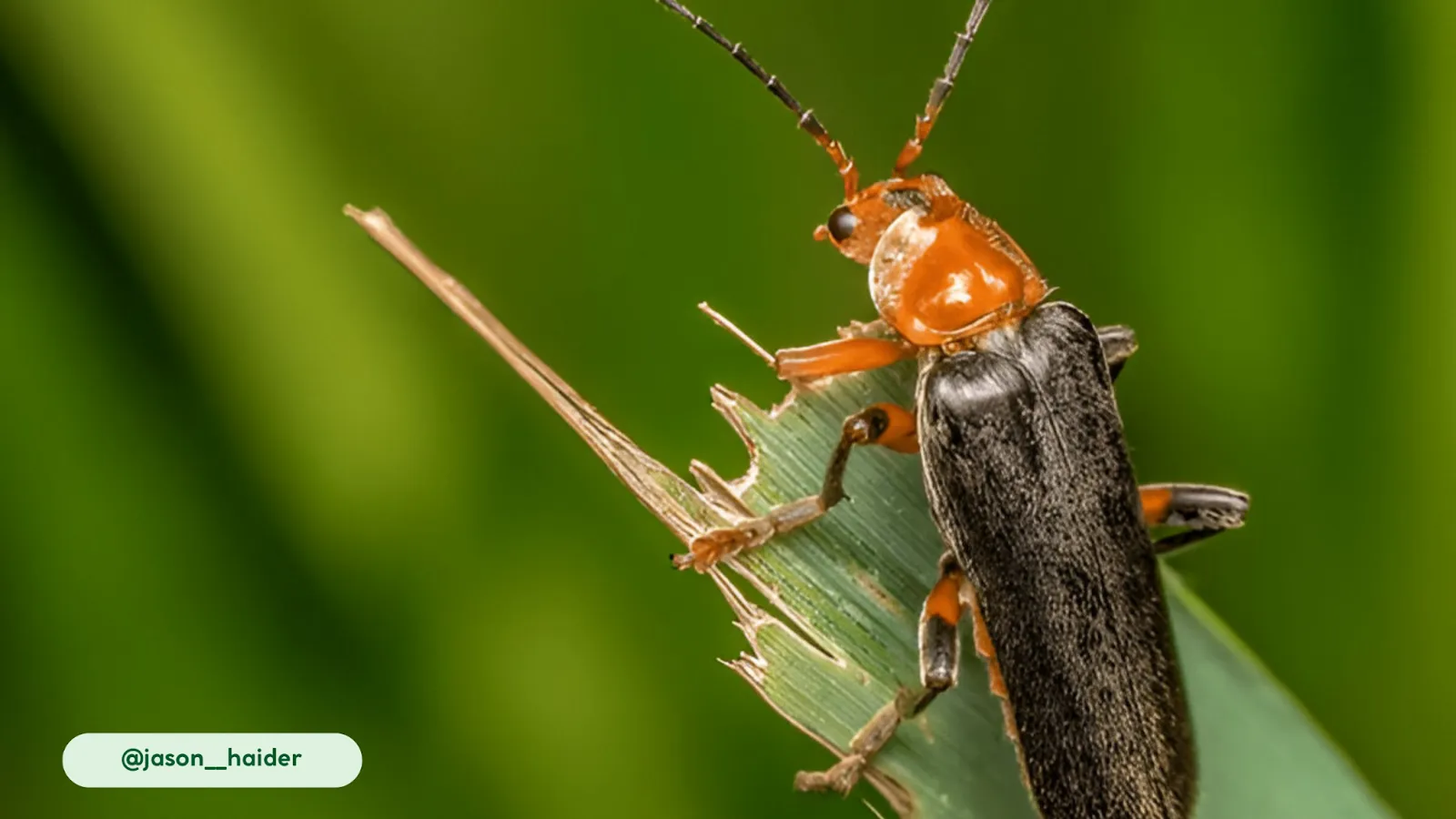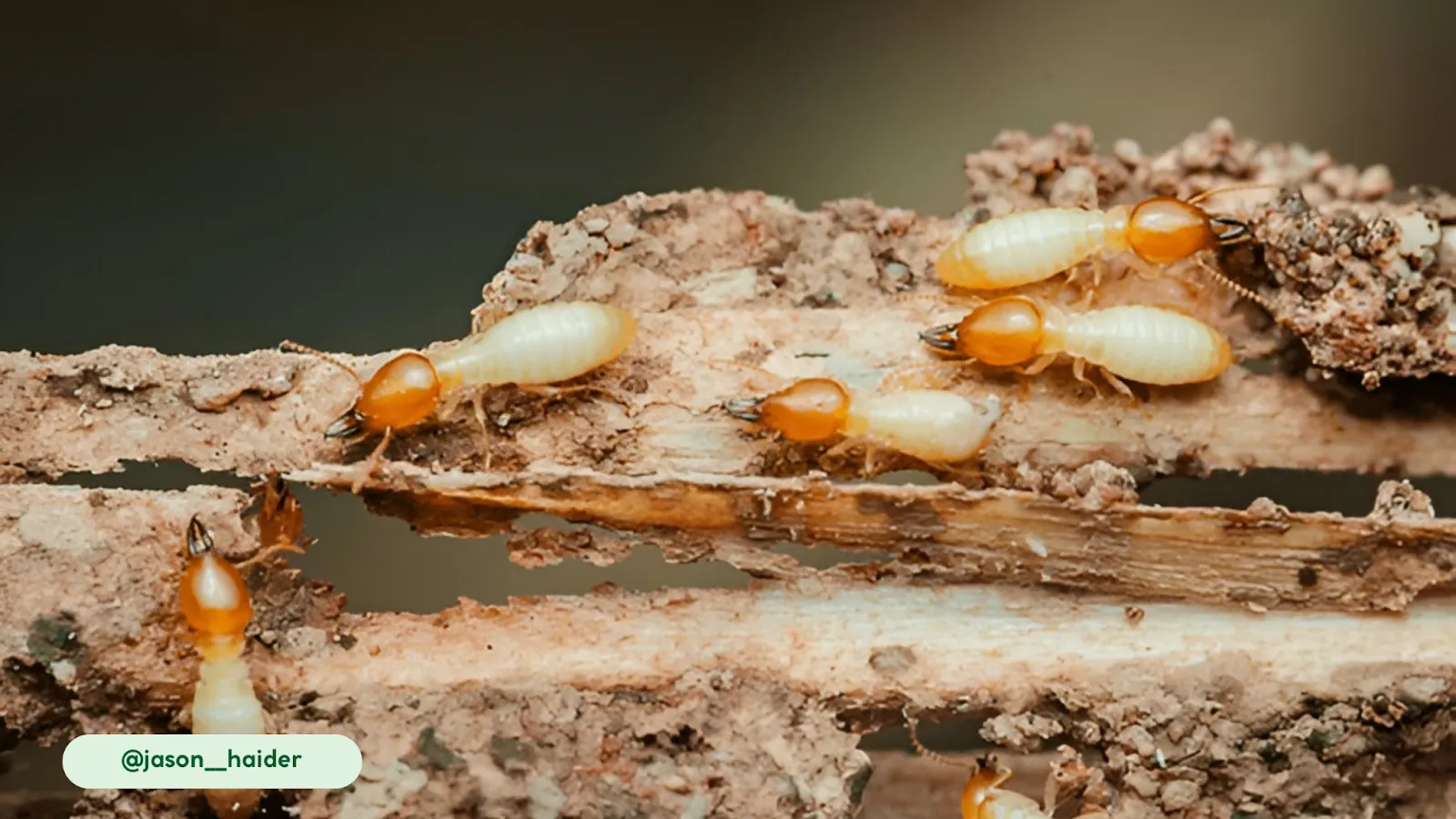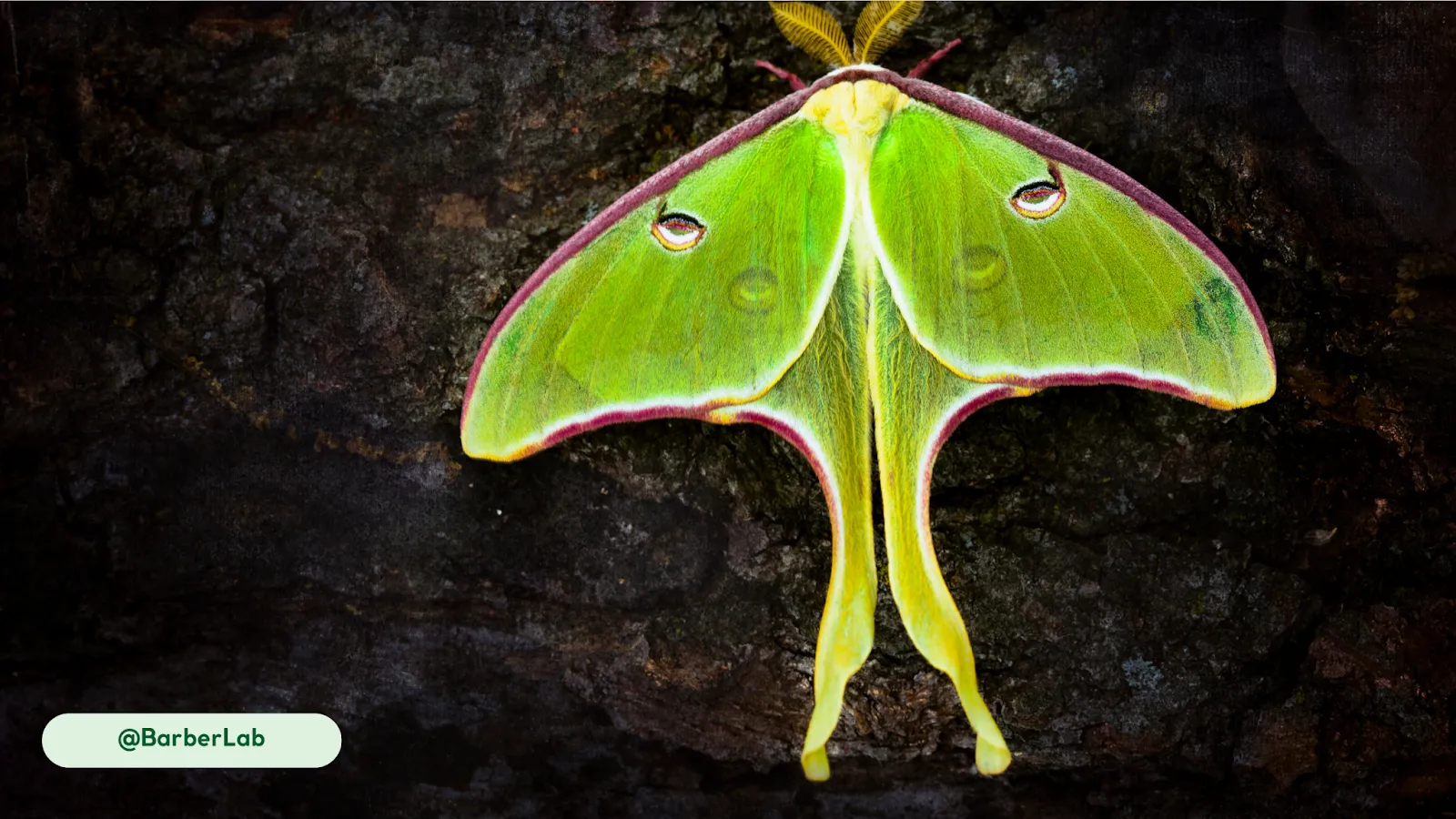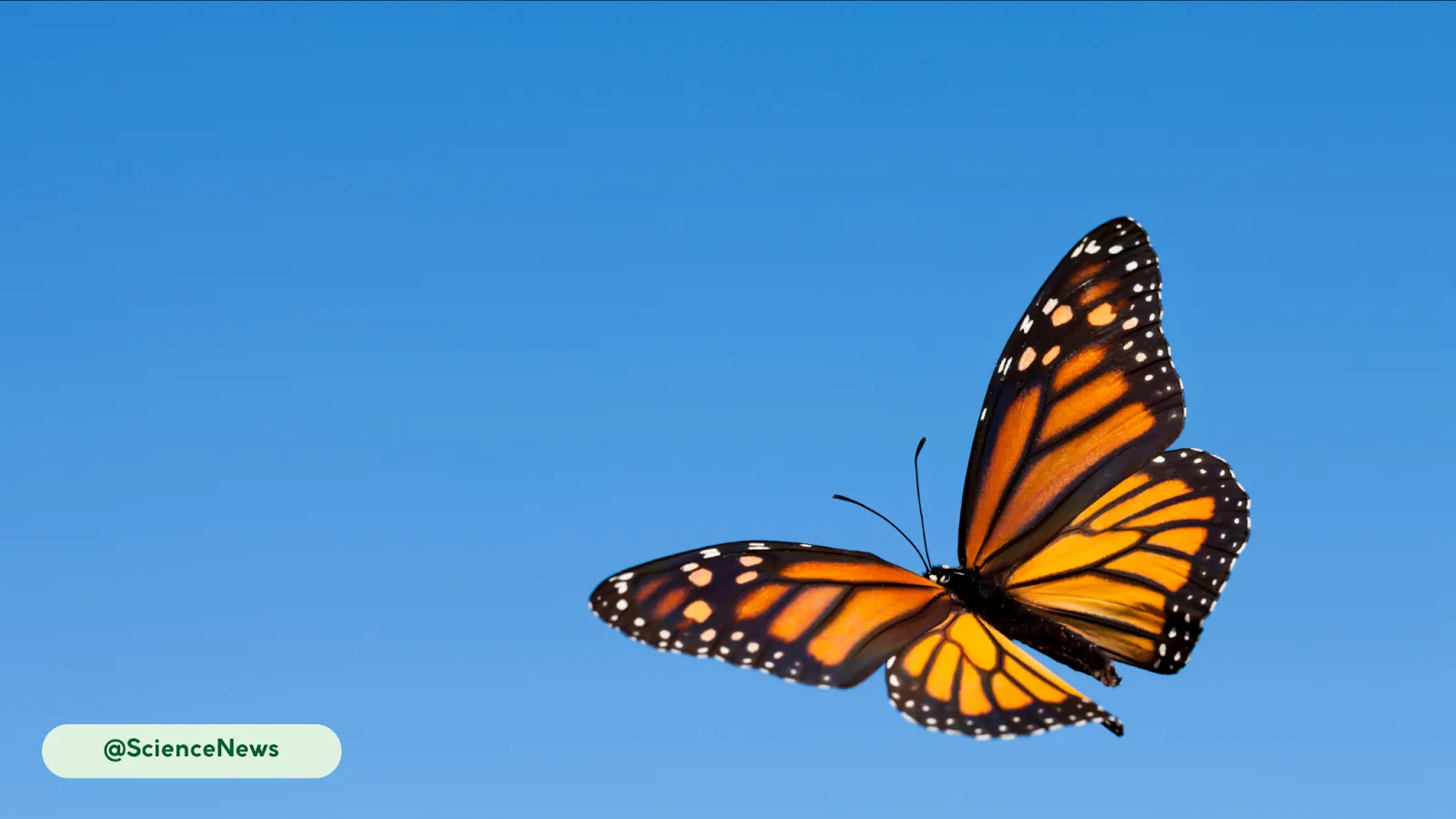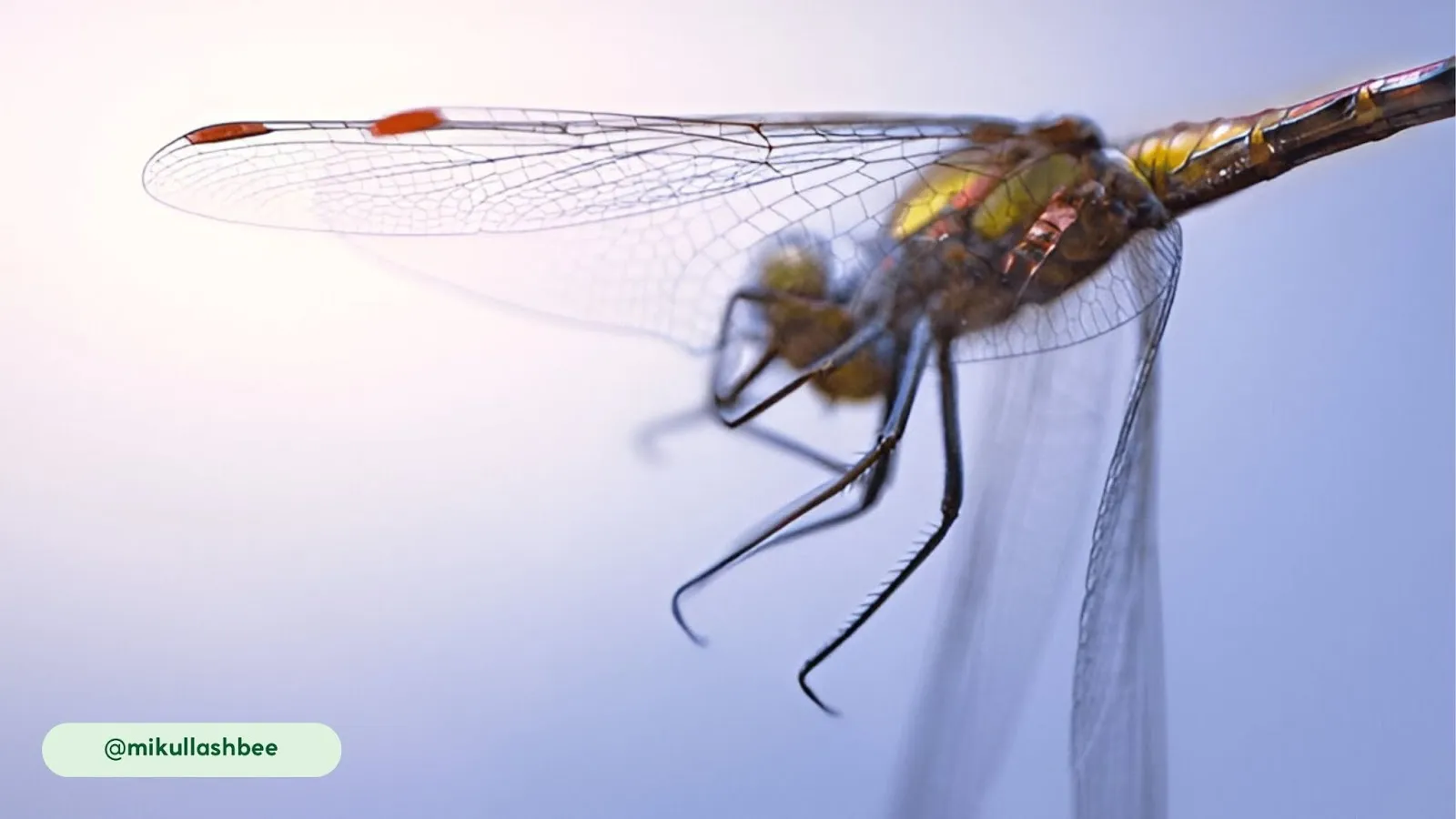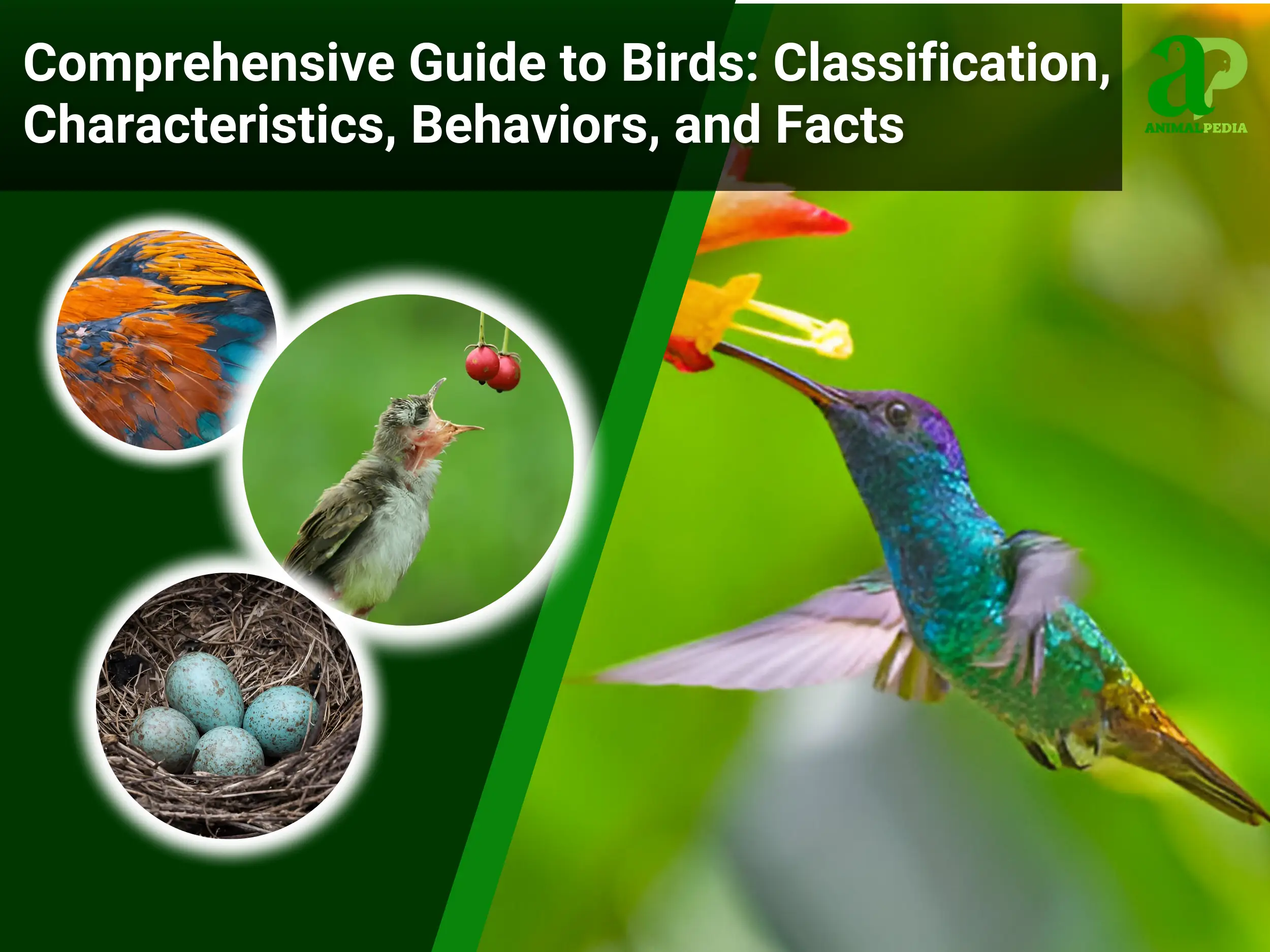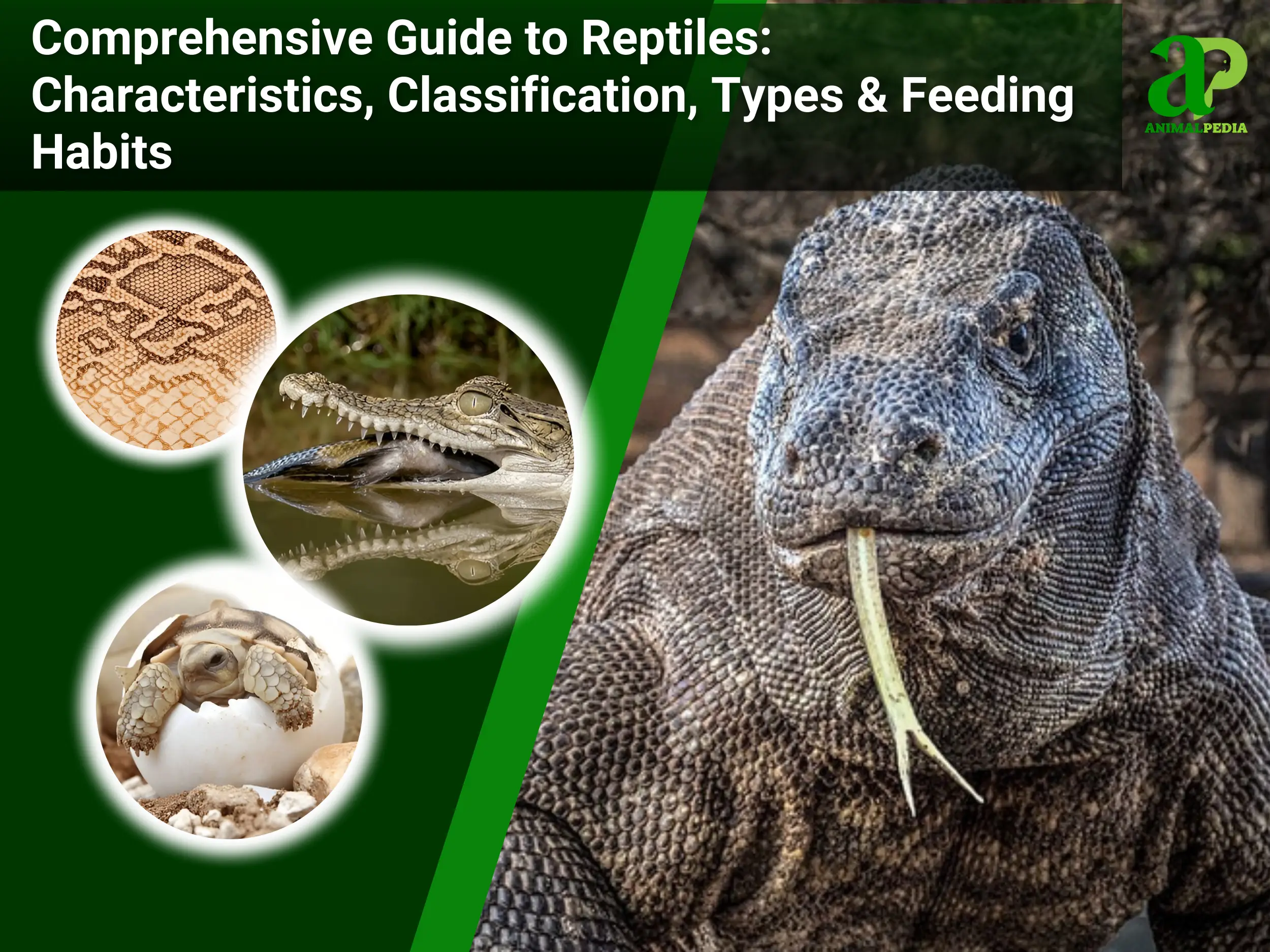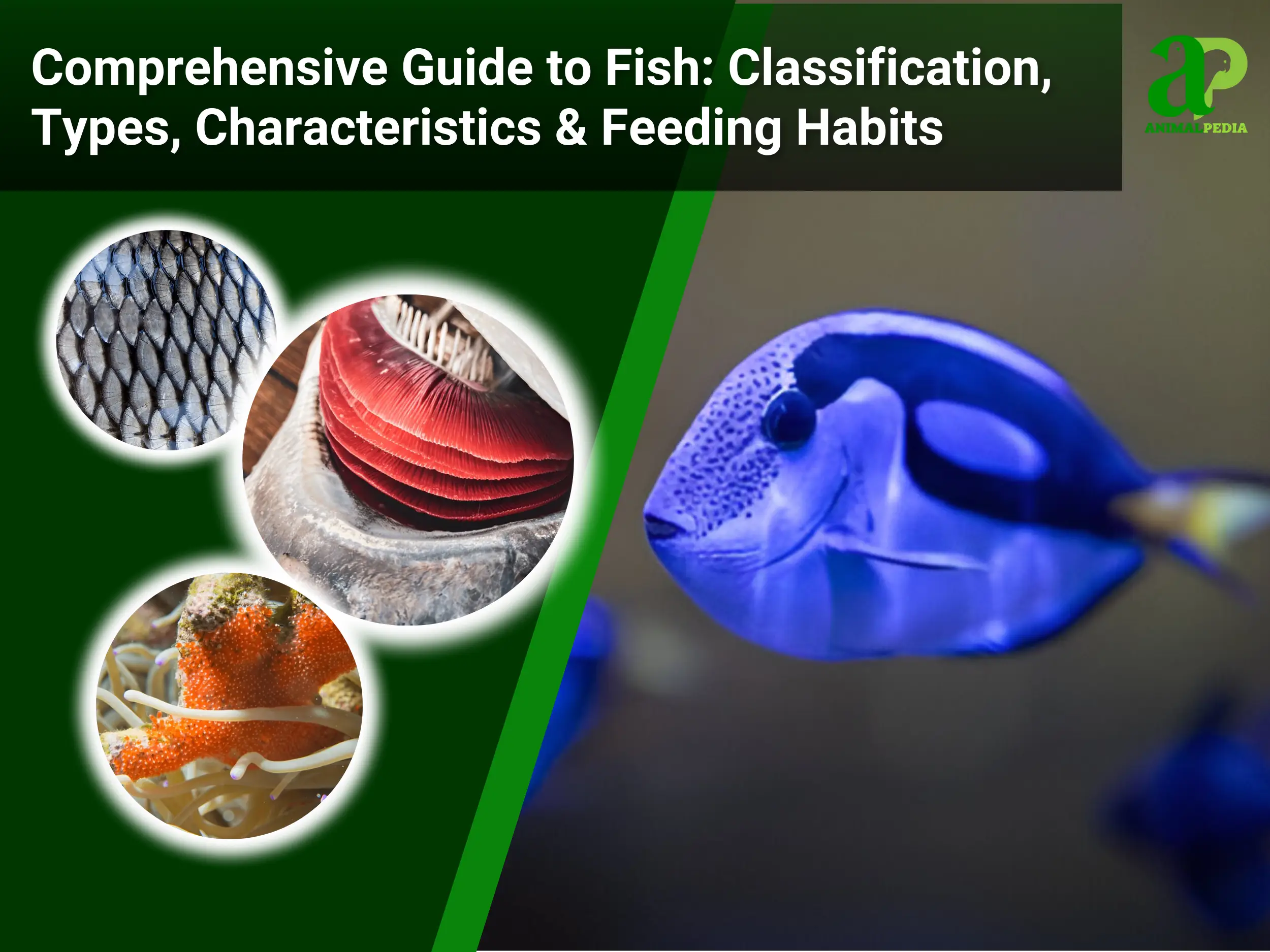Insects (Class Insecta) are the most diverse group within the animal kingdom, comprising a vast array of terrestrial and freshwater invertebrate organisms. Characterized by their unique physiology, these creatures possess an open circulatory system, lack a backbone, and respire through a complex network of internal tubes known as the tracheal system, which allows for direct gas exchange with their cells. With over one million described species and many more yet to be officially documented, insects represent over 80% of all known animal species [1].
What fundamentally distinguishes them from other arthropods is their body, which is distinctly segmented into three primary parts: a head, a thorax, and an abdomen, along with three pairs of jointed legs and typically one or two pairs of wings in their adult stage [2]. The extensive diversity within this class is further organized into approximately 30 distinct orders, each with its own specialized biological traits.
This comprehensive guide will delve into this group, providing a detailed overview of insect species, their defining characteristics, and the fascinating, often surprising, facts that make them such a crucial component of global biodiversity.
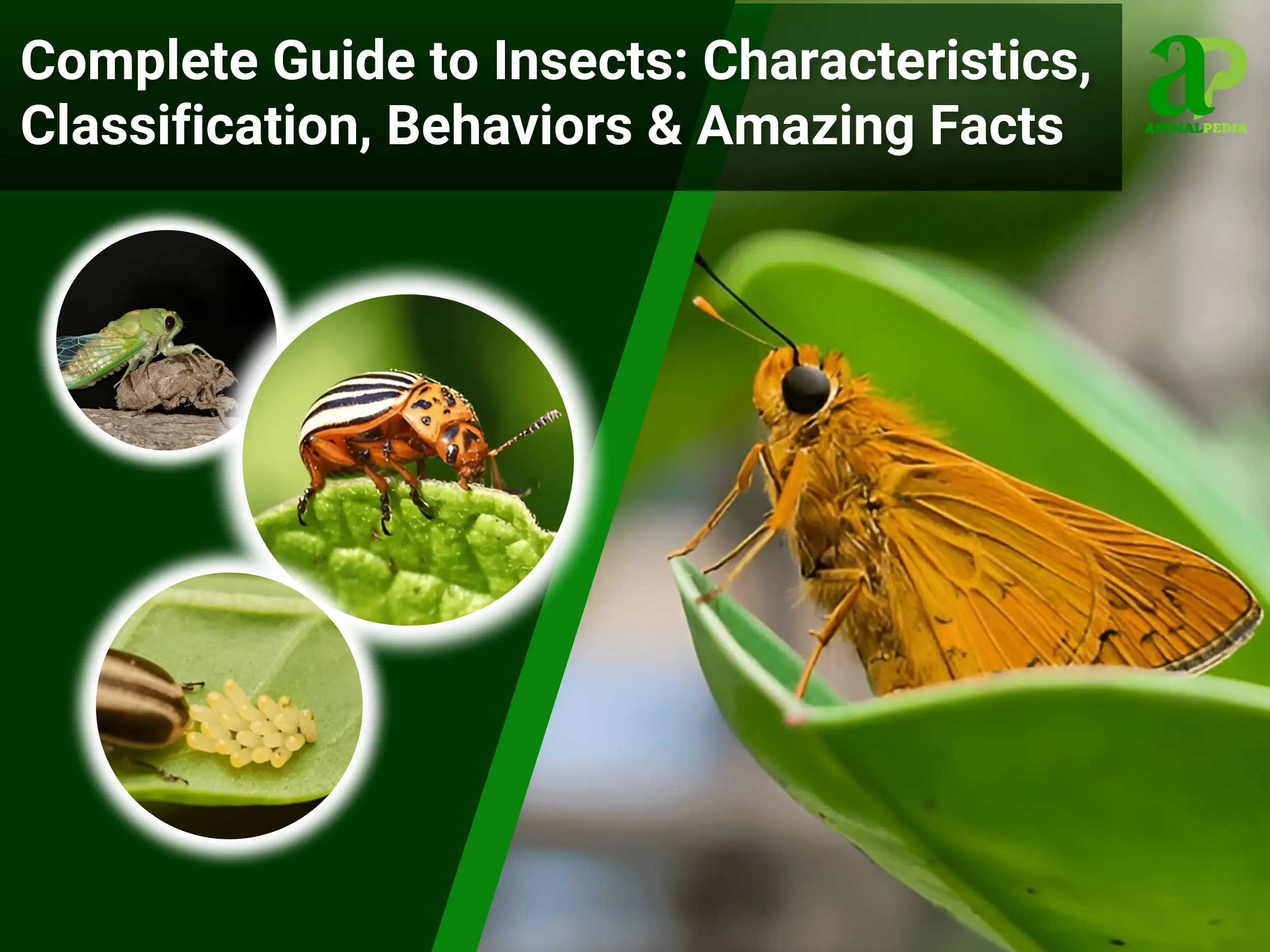
What Are Insects?
Insects, as members of the phylum Arthropoda, are invertebrate animals with an external skeleton, a three-part body, six jointed legs, and a pair of antennae. This clear definition is crucial for distinguishing them from other arthropods, such as arachnids (spiders, scorpions), which possess eight legs and a two-part body, or myriapods (centipedes, millipedes), which have many body segments and numerous legs [1].
These distinctions are not merely academic; they are essential for understanding the unique evolutionary paths and physiological adaptations of these distinct groups. Insect classification is a cornerstone of entomology, and this foundational understanding allows for a more precise exploration of the incredible biodiversity they represent.
The ubiquity and adaptability of insects are evidenced by their presence in almost every conceivable habitat on Earth. They are found across a vast global distribution, thriving in diverse ecosystems from the frosty tundra to the scorching deserts and the deepest, most humid jungles.
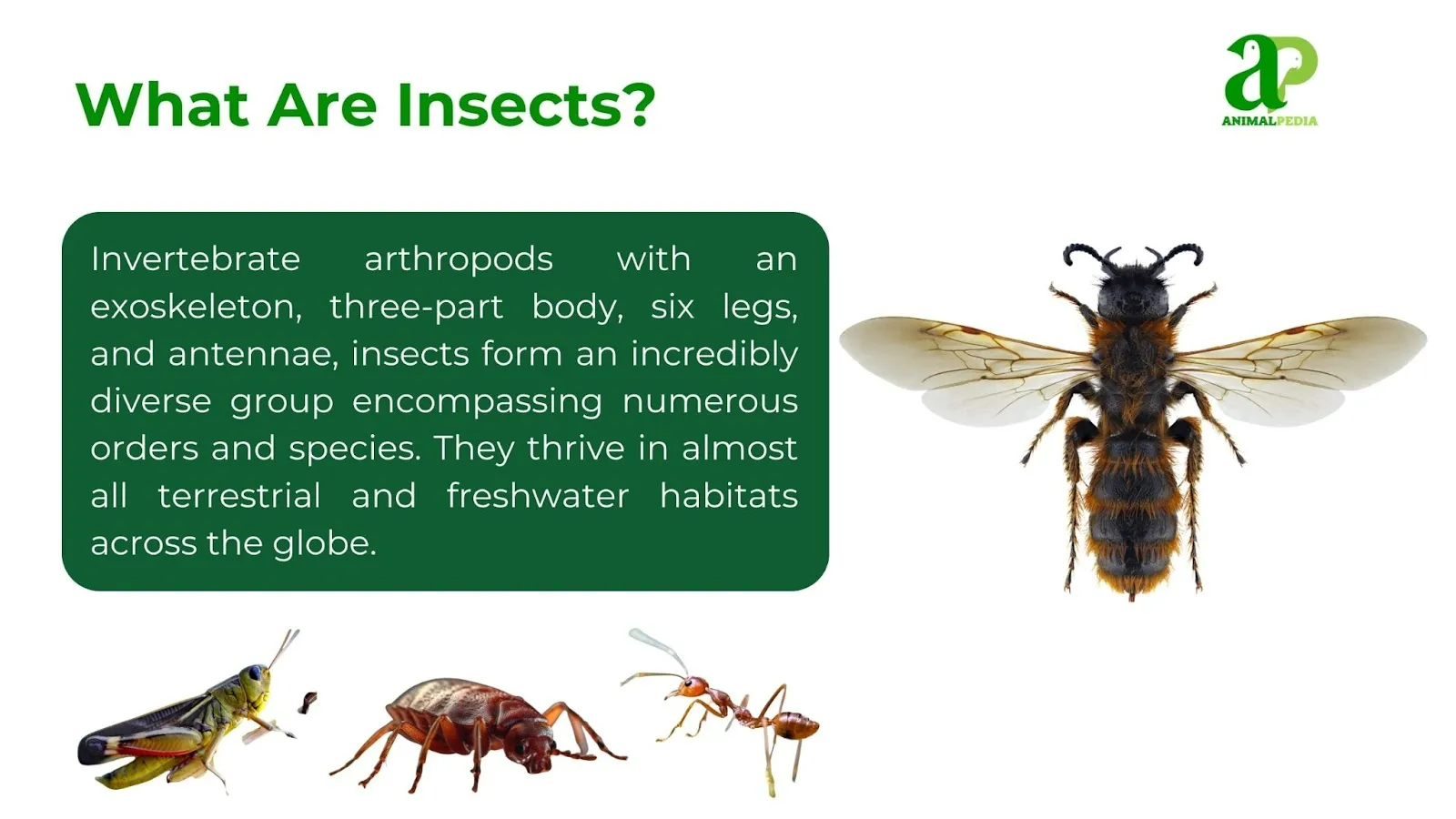
Their success is attributed to a combination of their small size, high reproductive capacity, and a hard, protective exoskeleton that enables them to endure a wide range of environmental conditions. While they are a defining presence in terrestrial and freshwater biomes, they are notably less common in the open ocean. To make sense of all this incredible variety, let’s explore the main types of insects, organized into their different orders.
What Are The Main Types of Insects?
Insects are classified into approximately 30 distinct orders, a classification system that organizes the more than one million described species. Among these, five orders dominate in terms of sheer species numbers, collectively representing a significant portion of all known insect life.
These are Coleoptera (beetles), Lepidoptera (butterflies and moths), Diptera (true flies), Hymenoptera (ants, bees, and wasps), and Hemiptera (true bugs, cicadas, and aphids) [2, 5].
- Coleoptera (Beetles): With over 400,000 species (40%), beetles feature protective elytra, inhabit diverse terrestrial and freshwater habitats, and serve as decomposers, predators, or herbivores, like lady beetles [2, 5].
- Lepidoptera (Butterflies, Moths): Over 150,000 species (18%) with scaly wings undergo complete metamorphosis; larvae eat plants, adults pollinate, with examples like Monarch butterflies showcasing migration and camouflage [2, 5].
- Diptera (True Flies): Over 120,000 species (13%) with one wing pair and halteres for agility; they act as pollinators, decomposers, or disease vectors, like hoverflies and mosquitoes [3, 5].
- Hymenoptera (Ants, Bees, Wasps): Over 150,000 species with membranous wings and social structures; vital pollinators and biocontrol agents, including honeybees and carpenter ants [2, 5].
The most prolific of these orders is Coleoptera, the beetles, with over 400,000 described species, making it the largest order in the animal kingdom [2].
The immense success and diversification of beetles are often attributed to their hardened forewings, or elytra, which protect the more delicate hindwings and abdomen, enabling them to thrive in a range of ecological niches.
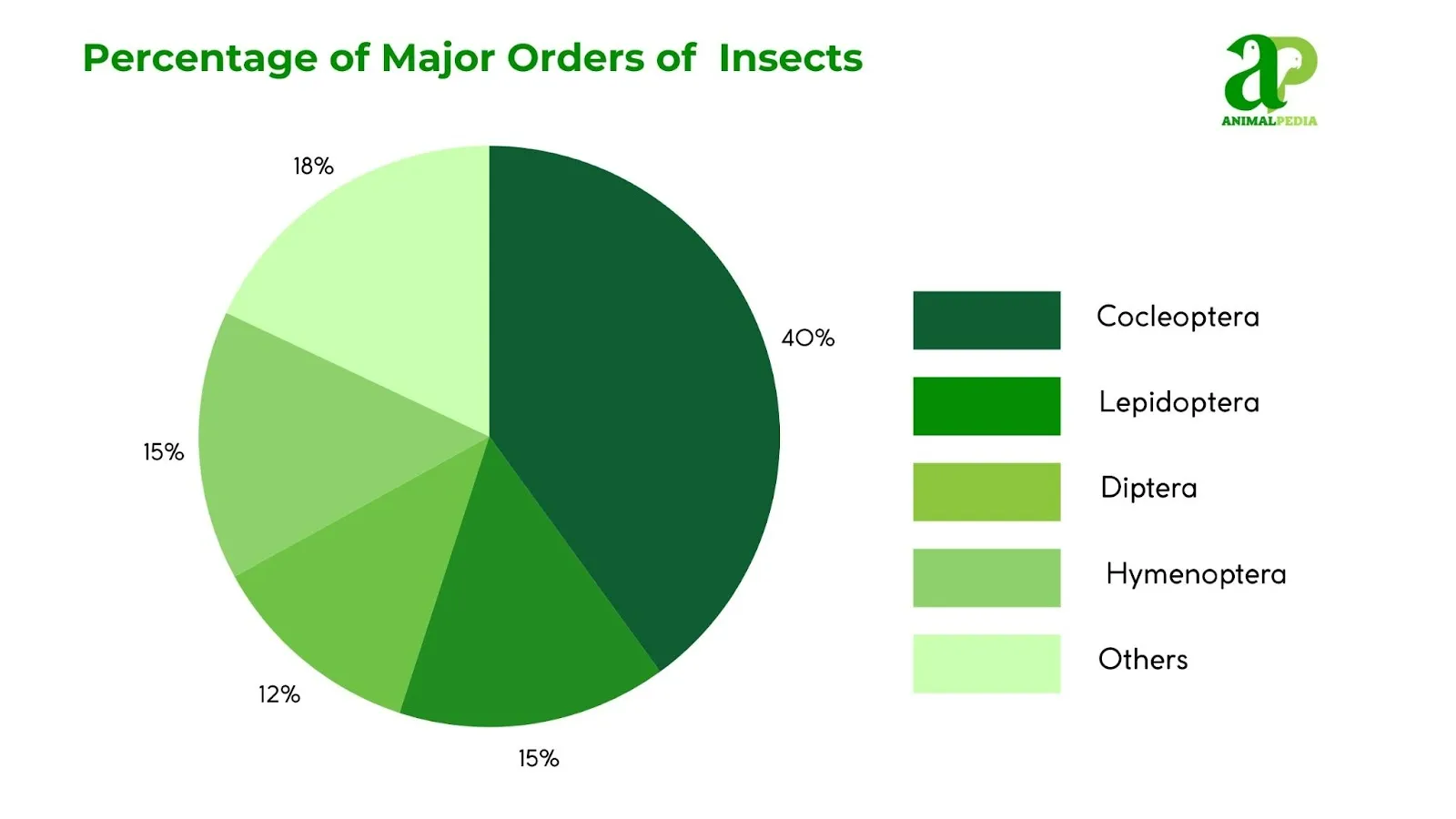
Order Coleoptera (Beetles)
Beetles, constituting the order Coleoptera, represent the largest and most diverse insect order on the planet, with over 400,000 described species [2]. This order is distinguished by the presence of a pair of hardened forewings, known as elytra, which serve as a protective shield for the membranous hindwings used for flight and the soft abdomen beneath.
The immense success of beetles is evident in their global distribution, inhabiting nearly every type of terrestrial and freshwater habitat, from subterranean environments to the highest canopies.
Coleoptera encompasses four suborders—Archostemata, Adephaga, Myxophaga, and Polyphaga—with the latter being the largest, containing most of the familiar beetle families. Their ecological roles are exceptionally varied, as they function as decomposers, predators, herbivores, and even parasites, playing a vital part in nutrient cycling and pest control.
Iconic examples include the brightly colored lady beetles (Coccinellidae), which are valuable agricultural predators, the destructive wood-boring long-horned beetles (Cerambycidae), and the common dung beetles (Scarabaeidae), which are essential for ecosystem health [5].
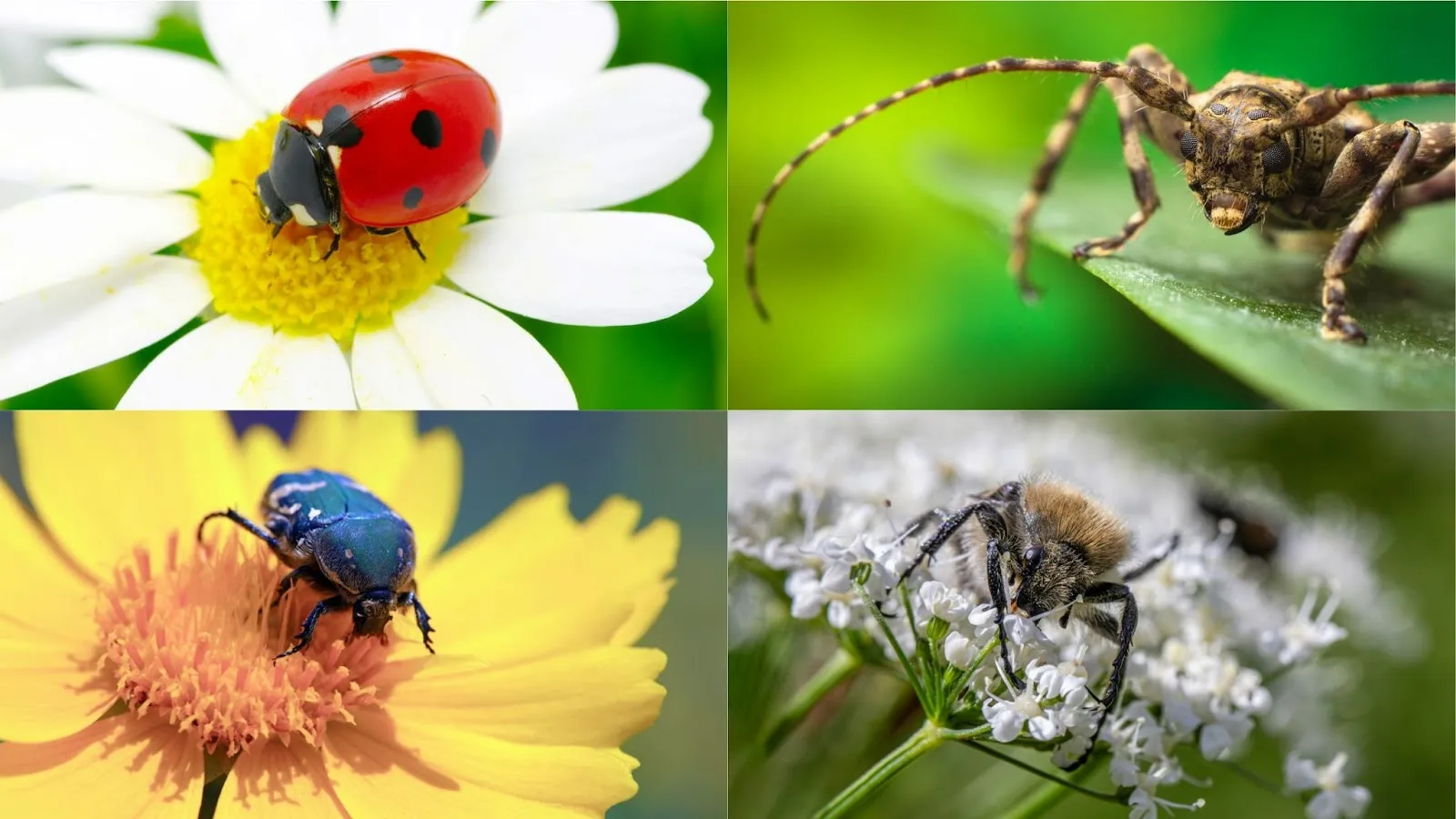
Order Lepidoptera (Butterflies and Moths)
The order Lepidoptera, encompassing butterflies, moths, and skippers, is one of the most recognizable insect groups, with over 150,000 described species worldwide [5]. Their name, derived from the Greek for “scaly wing,” directly refers to their most defining characteristic: the presence of minute, overlapping scales covering their membranous wings.
This feature not only creates the stunning color patterns for which they are famous but also provides insulation and aerodynamic benefits. The life cycle of a lepidopteran is characterized by complete metamorphosis, progressing through distinct stages: egg, larva (caterpillar), pupa (chrysalis), and adult.
Lepidopterans are found in almost every terrestrial ecosystem, from tropical rainforests to Arctic tundras, and their ecological significance is profound. As larvae, they are primarily herbivores, consuming vast quantities of plant material, while as adults, many species serve as crucial pollinators for countless flowering plants [2, 5].
Their sophisticated behaviors, such as the migratory patterns of monarch butterflies and the complex camouflage strategies of many moths, highlight their advanced evolutionary adaptations. Key examples include the vibrant Monarch butterfly (Danaus plexippus) and the enormous Atlas moth (Attacus atlas), both of which captivate observers with their beauty and biological complexity.
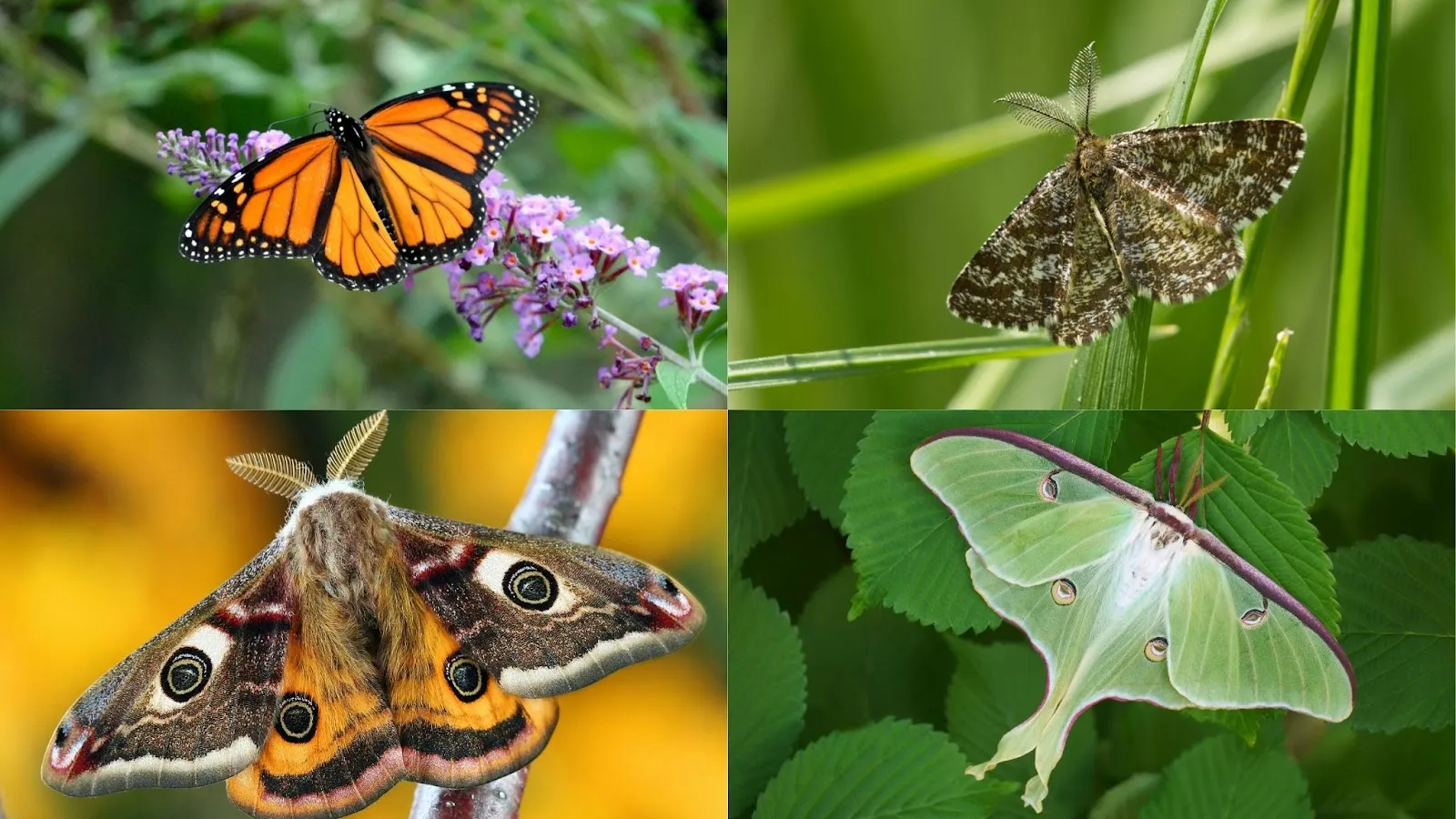
Order Diptera (True Flies)
Diptera, meaning “two wings,” is an order of insects that includes true flies, mosquitoes, and gnats, comprising over 120,000 described species [5]. The defining characteristic of this order is the presence of a single pair of functional wings on the mesothorax, with the hindwings reduced to small, club-like balancing organs called halteres.
These halteres act as gyroscopes, enabling the flies to exhibit unparalleled aerial agility and maneuverability. Dipterans undergo complete metamorphosis, with their legless larval stage often referred to as maggots.
This order is exceptionally widespread, colonizing a diverse array of habitats globally, from aquatic environments where mosquito larvae develop to terrestrial ecosystems where flies act as essential decomposers.
Their ecological roles are multifaceted: many are vital pollinators, some are significant decomposers of organic matter and carrion, and others, like mosquitoes, are vectors for diseases such as malaria and yellow fever [3, 5].
The order includes a vast range of forms, from the beneficial hoverflies (Syrphidae) that mimic bees and prey on aphids to the ubiquitous and sometimes bothersome house flies (Muscidae).
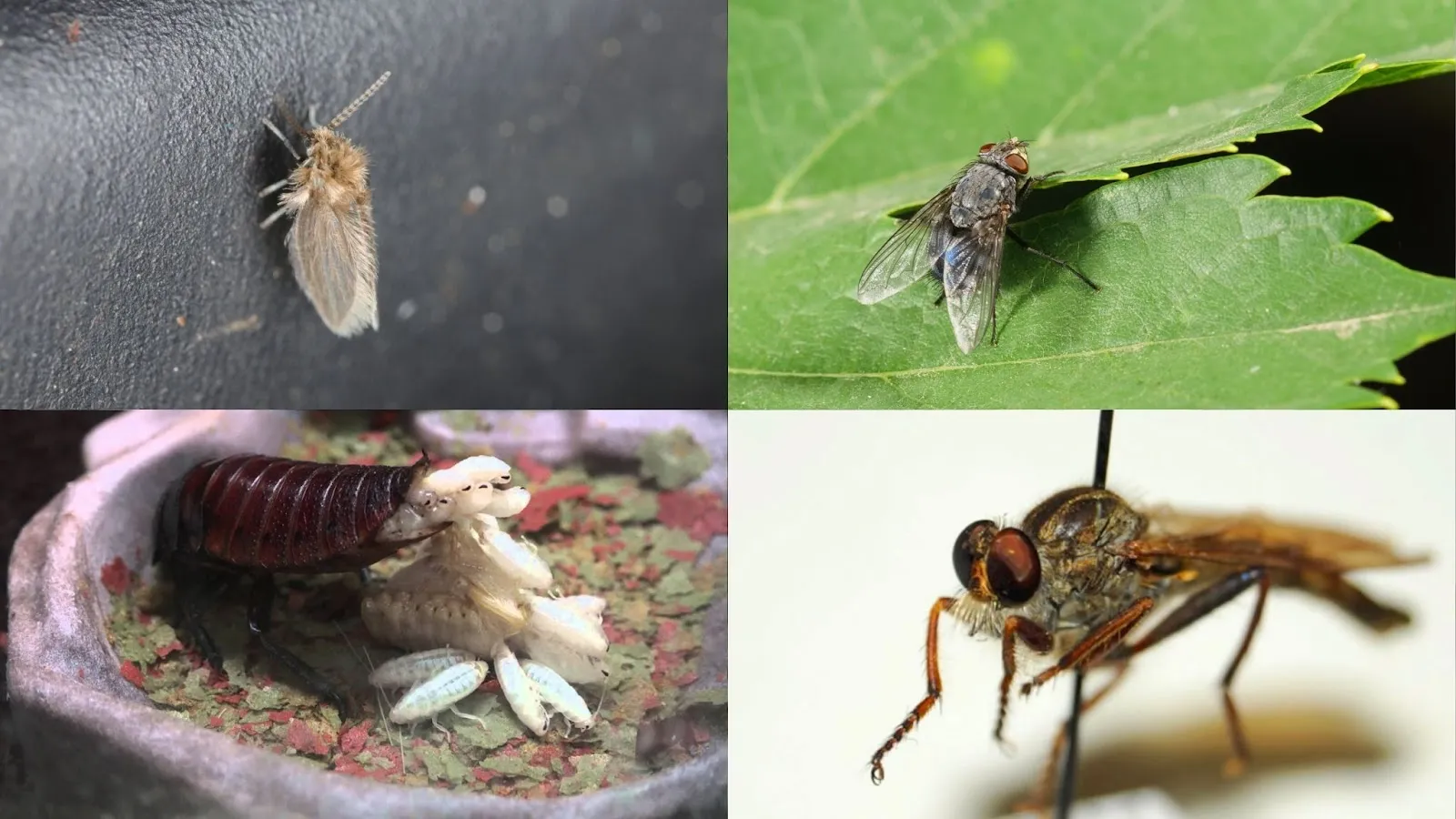
Order Hymenoptera (Ants, Bees, and Wasps)
The order Hymenoptera, meaning “membrane wings,” is a highly successful and diverse group that includes sawflies, bees, wasps, and ants, with over 150,000 described species [2]. This order is characterized by its two pairs of membranous wings, with the hindwings being smaller and often interlocked with the forewings by small hooks called hamuli, which allow them to function as a single aerodynamic surface. Hymenopterans are also distinguished by a constricted, narrow waist, or petiole, connecting the thorax and abdomen in most species [2, 5].
Hymenoptera are found in nearly all terrestrial environments and play critical ecological roles. Many are renowned for their complex social structures and division of labor, particularly in ant and bee colonies. They are among the most important pollinators globally, with bees being central to agricultural production.
Additionally, many wasps are parasitoids, laying their eggs in other insects and acting as natural biocontrol agents, while ants are crucial for soil aeration and seed dispersal [2]. A few of the most well-known examples include the European honeybee (Apis mellifera), the common carpenter ant (Camponotus pennsylvanicus), and various species of yellowjackets (Vespula).
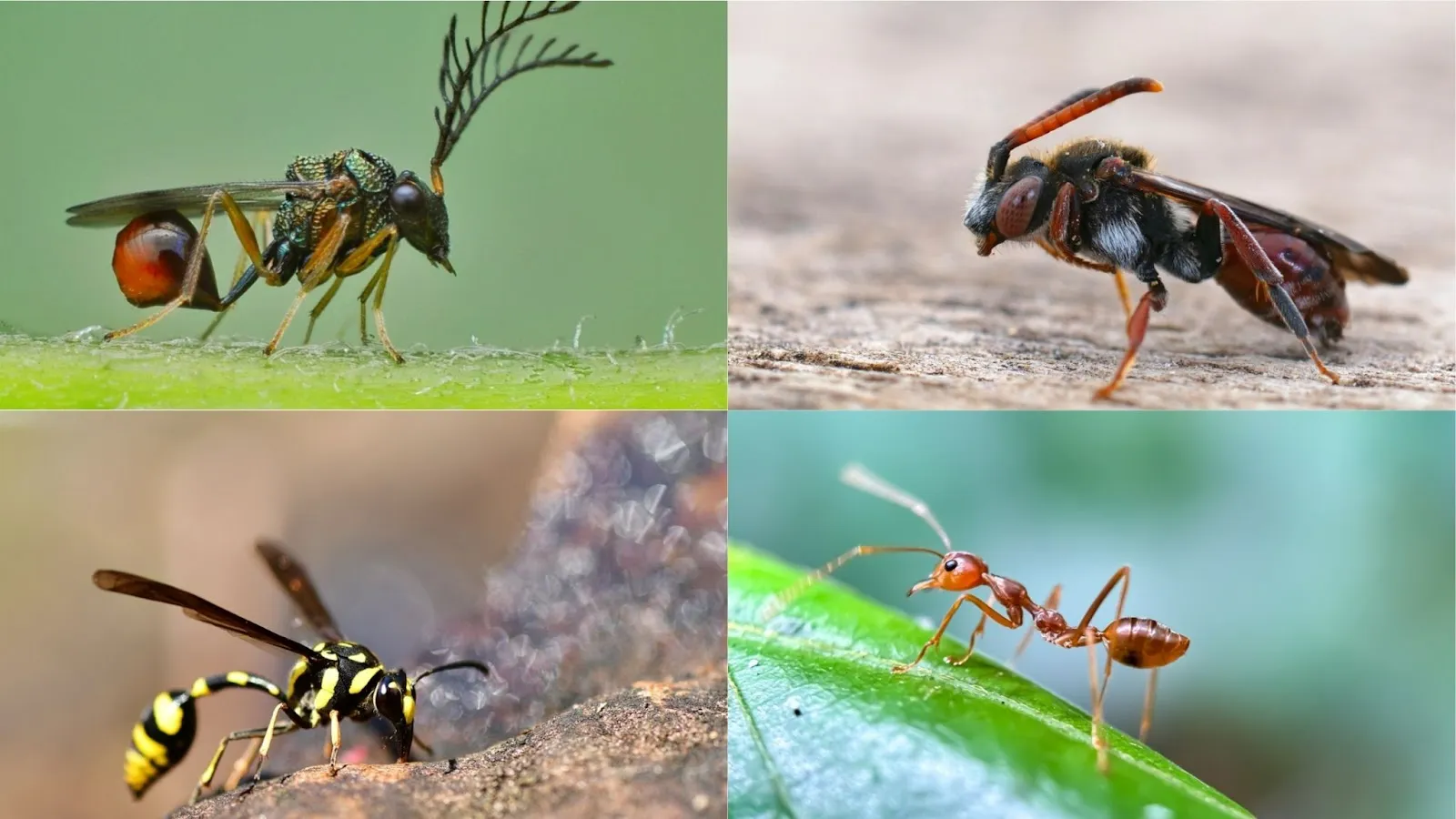
Order Hemiptera (True Bugs)
Hemiptera is a large and diverse order containing over 82,000 described species, commonly known as “true bugs,” which includes cicadas, aphids, shield bugs, and planthoppers [5]. The name, meaning “half wing,” refers to the hardened, leathery base and membranous tip of the forewings (hemelytra) found in many species. A key anatomical feature unifying all hemipterans is their specialized piercing-sucking mouthparts, which are formed into a beak-like rostrum used for extracting fluids from plants or other organisms [2].
This order is globally distributed and occupies a wide variety of ecological roles. While many hemipterans are phytophagous, feeding on plant sap and sometimes causing significant agricultural damage, a considerable number are predators of other arthropods [2]. Their life cycle involves incomplete metamorphosis, where nymphs hatch from eggs and resemble smaller, wingless versions of the adults. Prominent examples include the large, noisy periodical cicadas (Magicicada) that emerge in vast numbers and the often-detrimental aphids (Aphididae), which can colonize plants and transmit viruses [5].
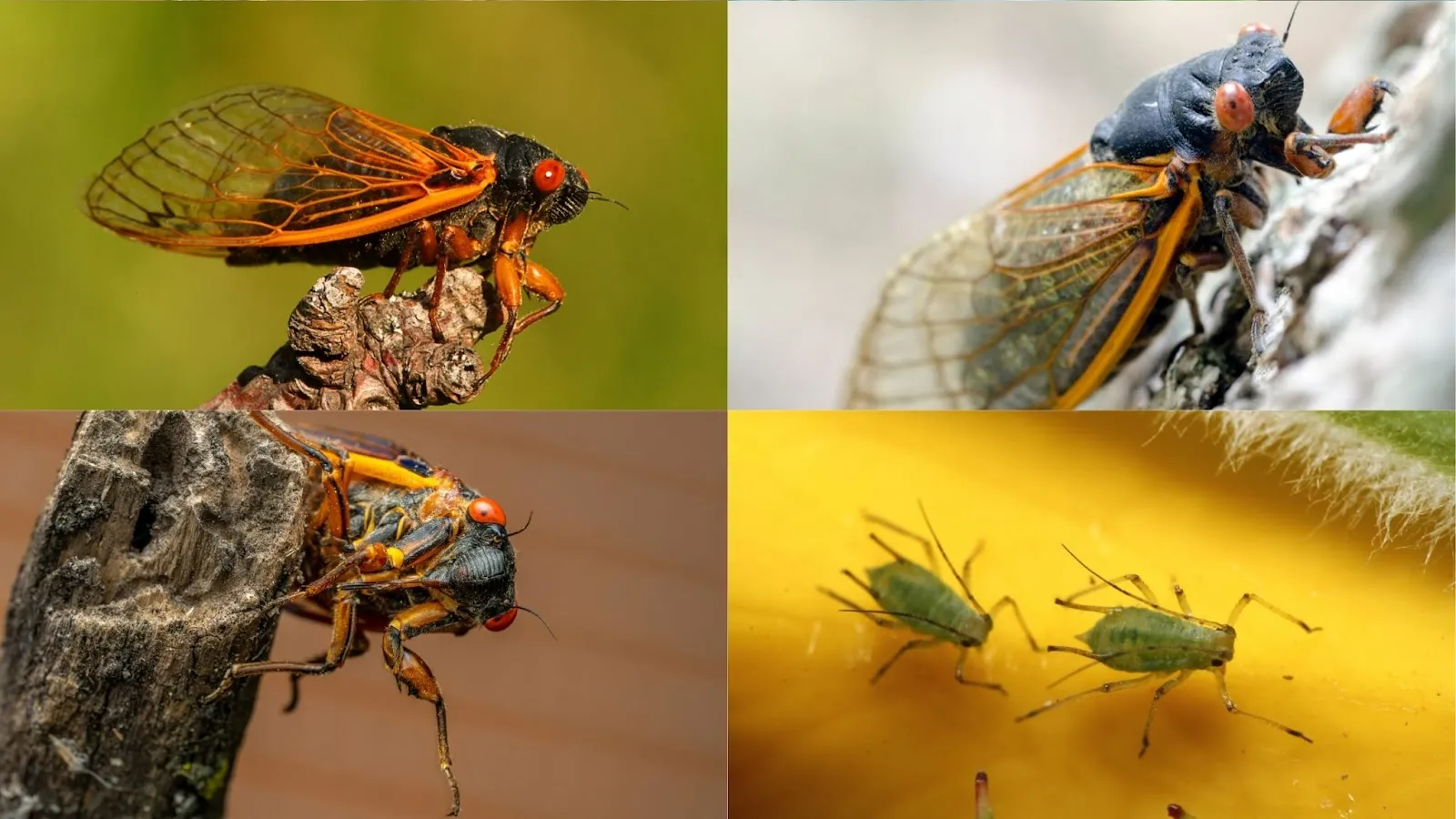
Now that we’ve looked at the major groups and what makes them unique, it’s time to see some of these amazing insects in a more detailed list. The next section provides a comprehensive list of different insect species, highlighting their unique features and the important roles they play in the world.

